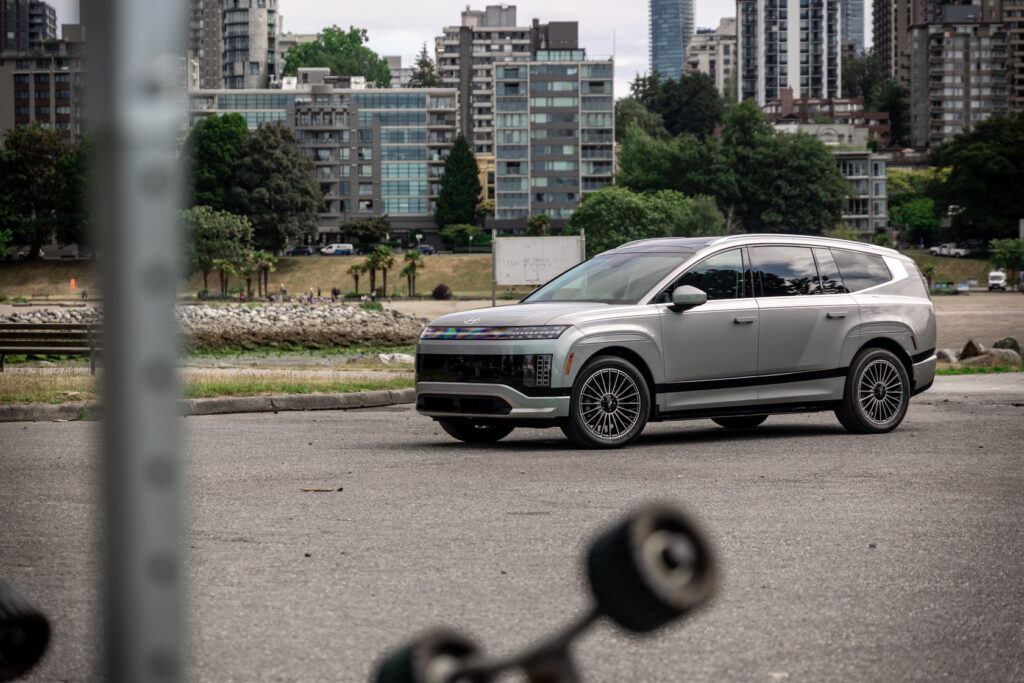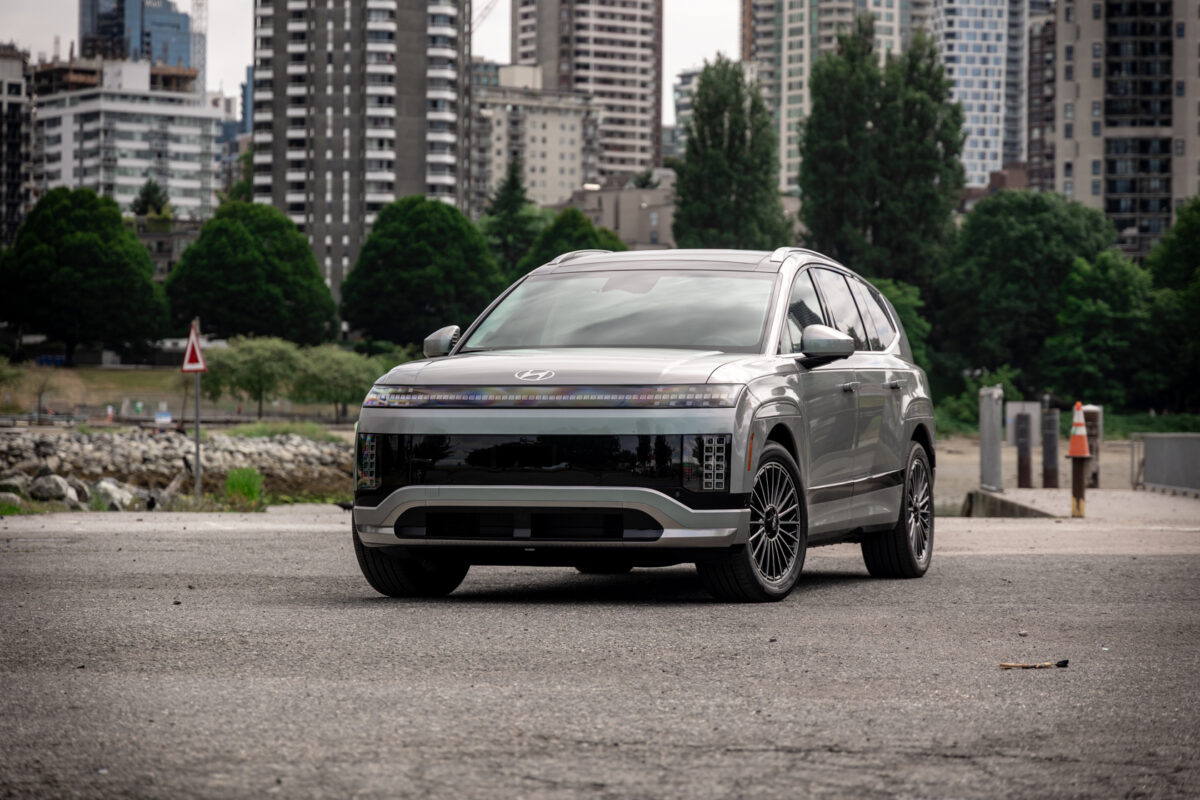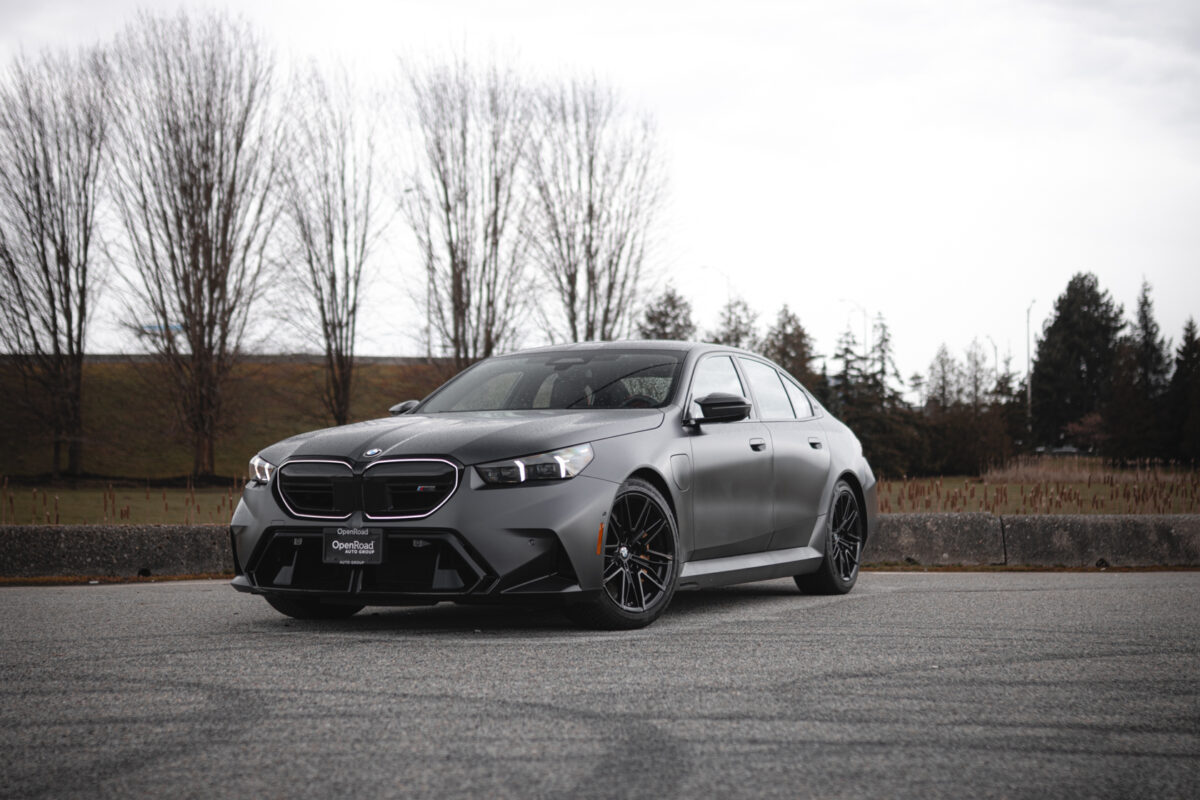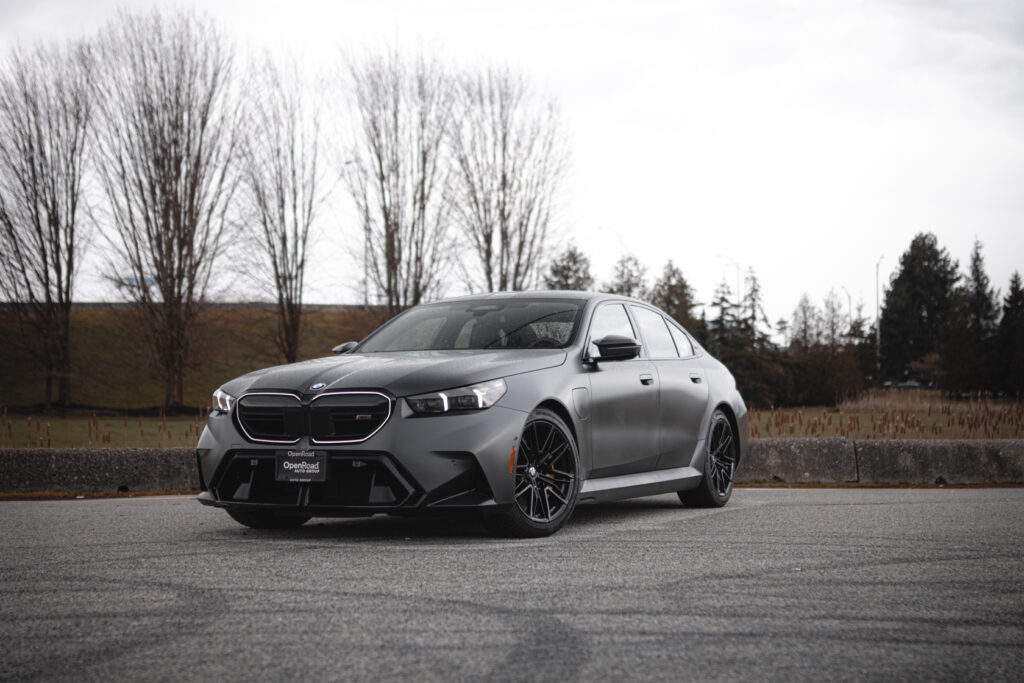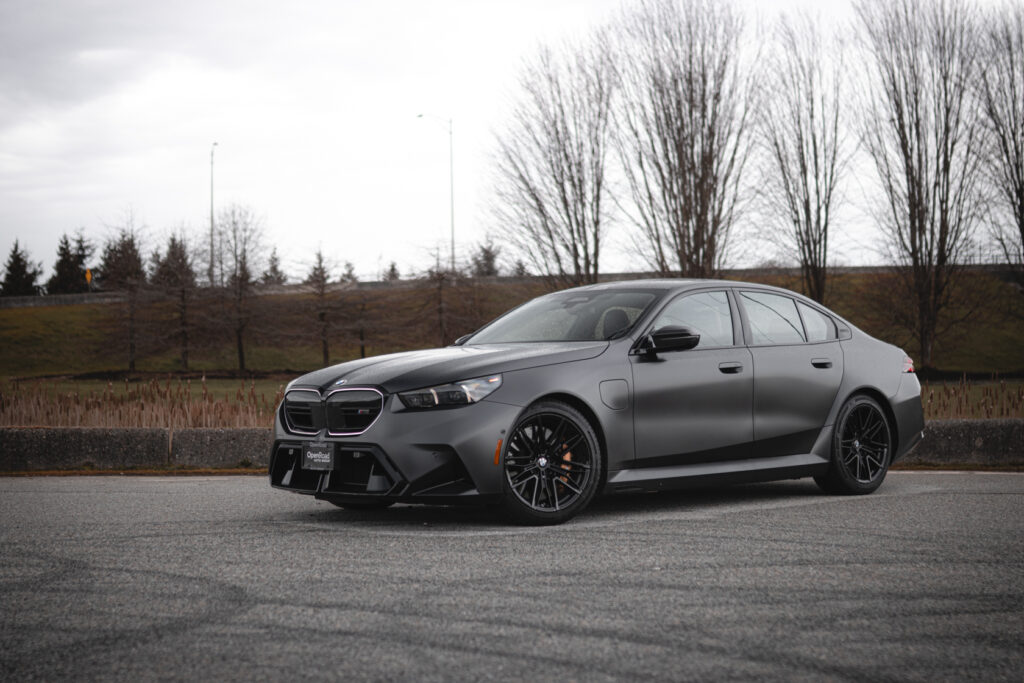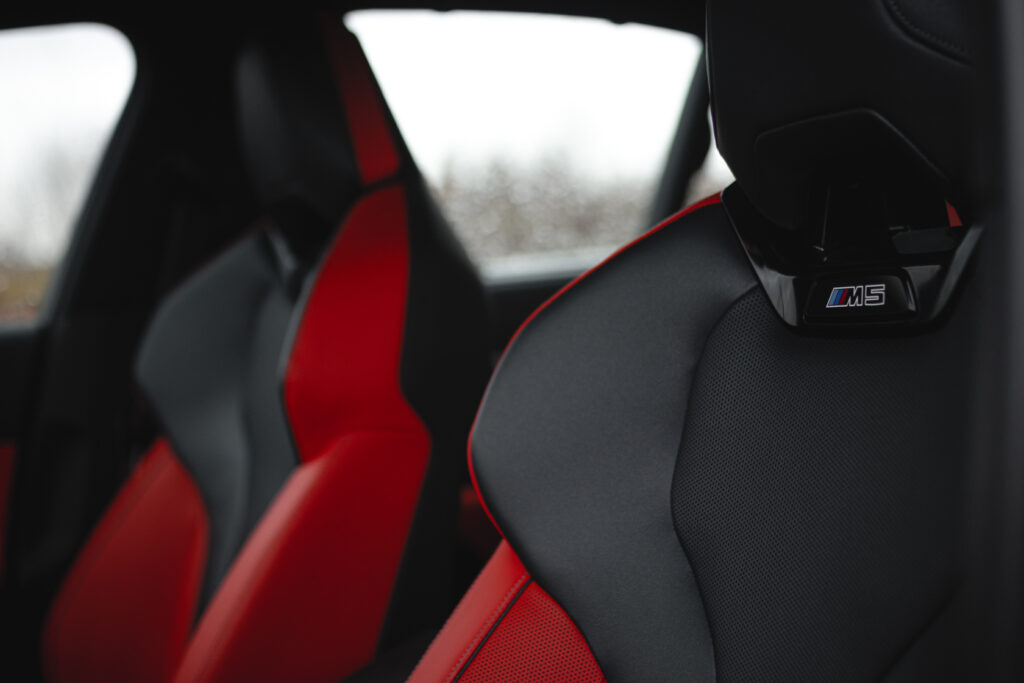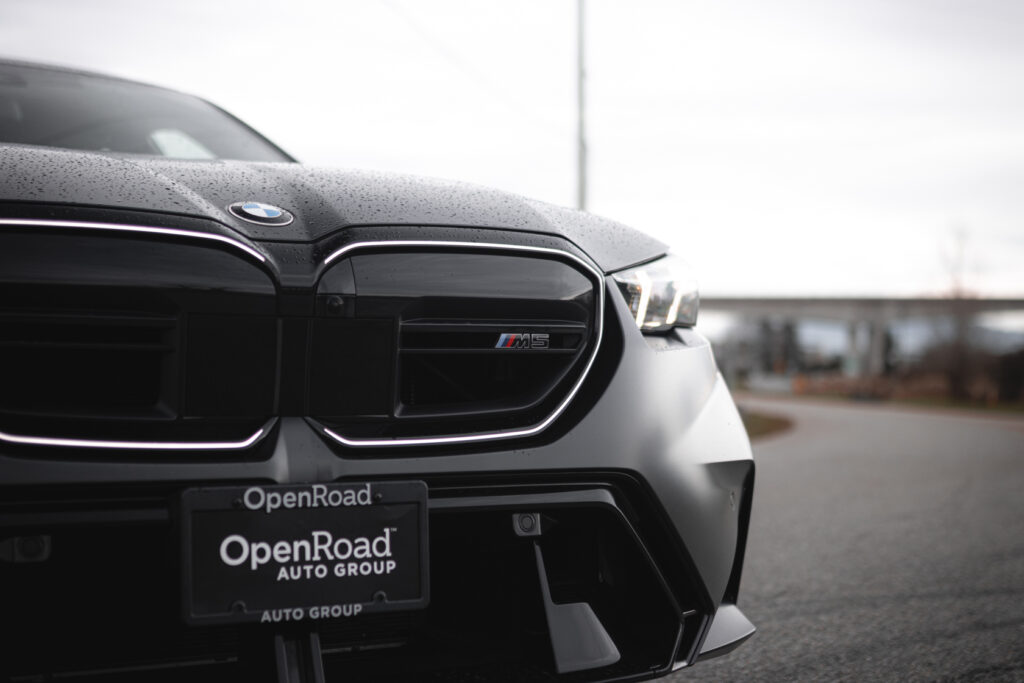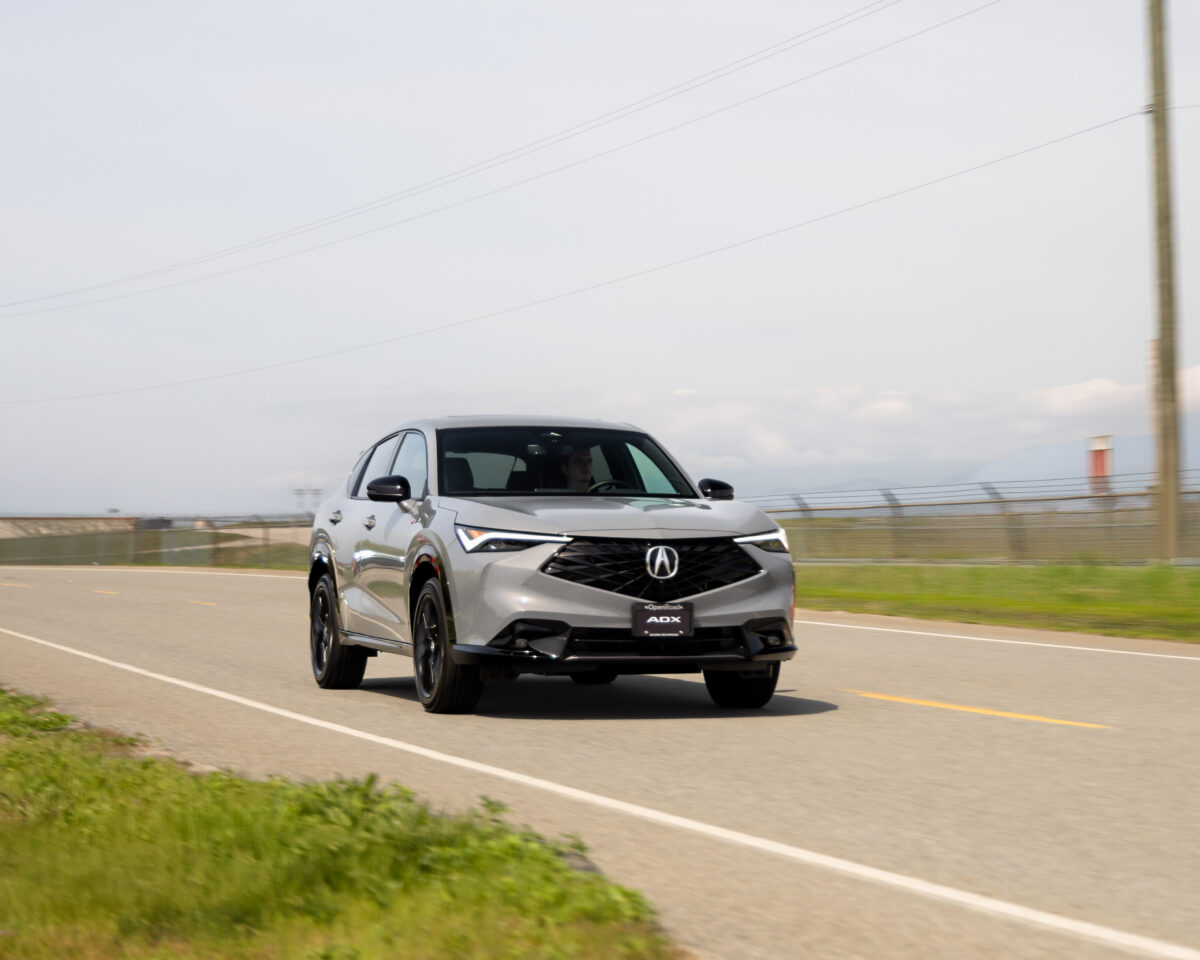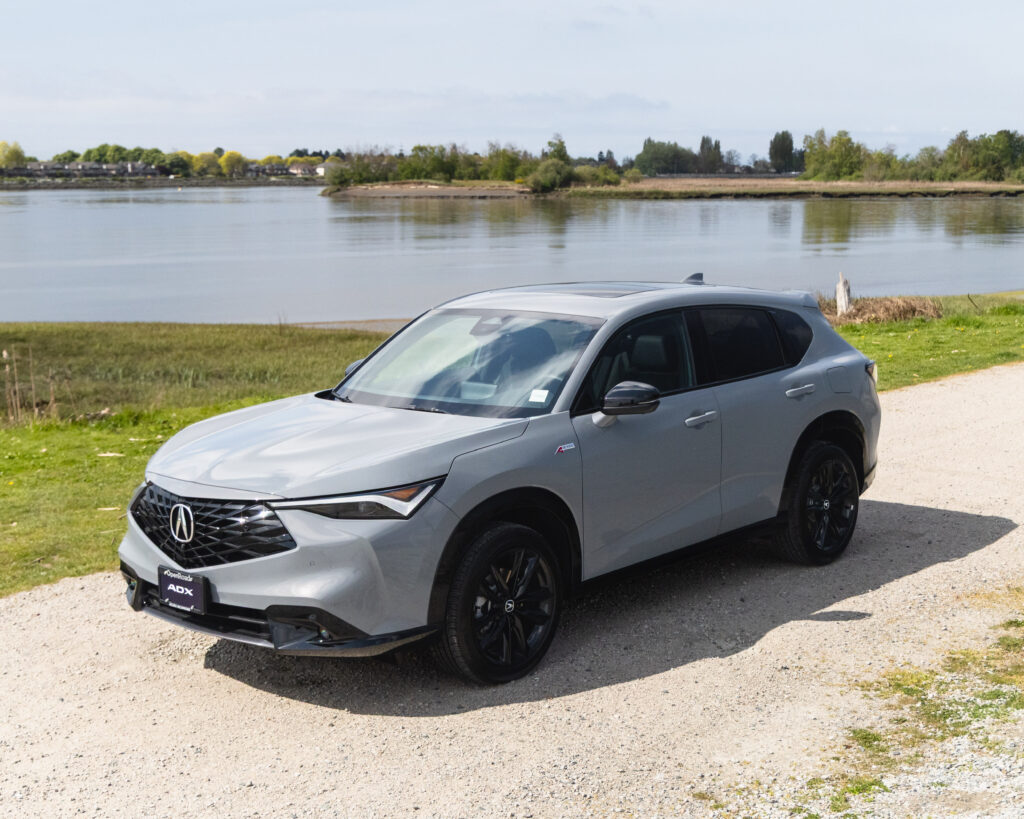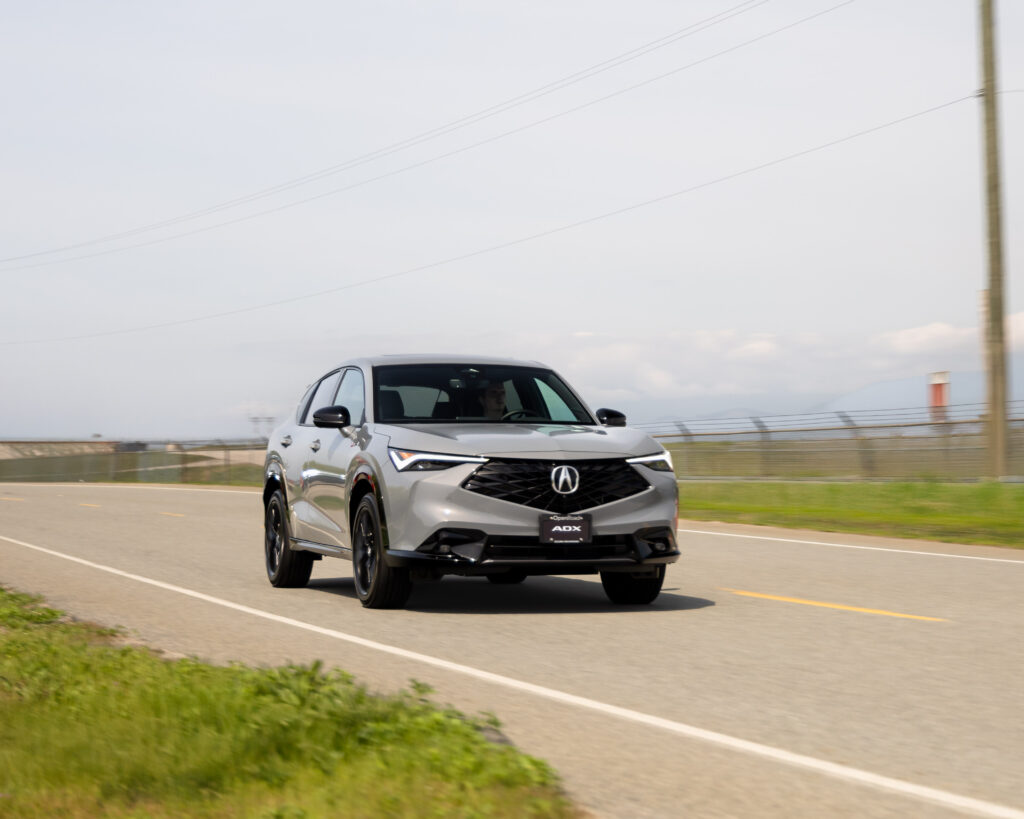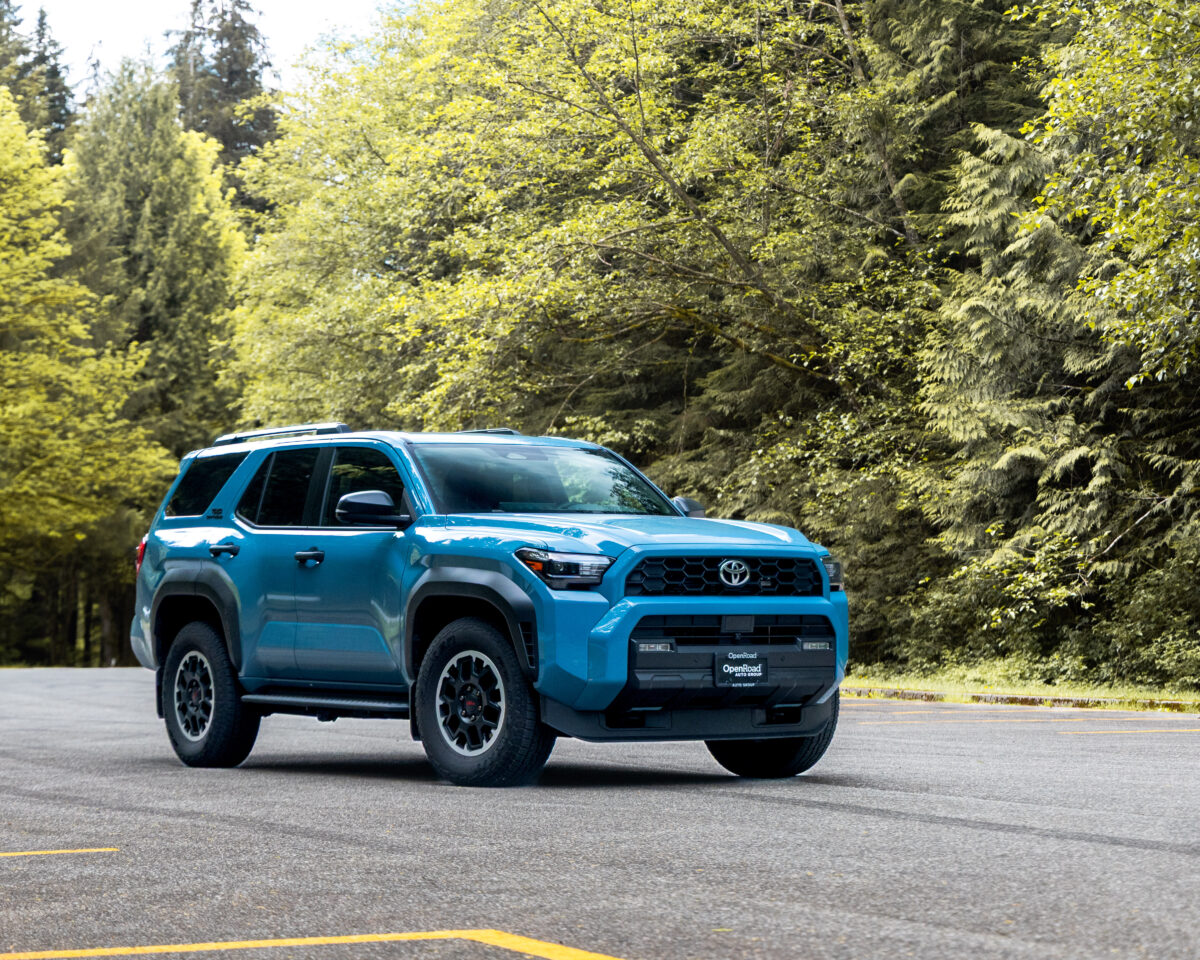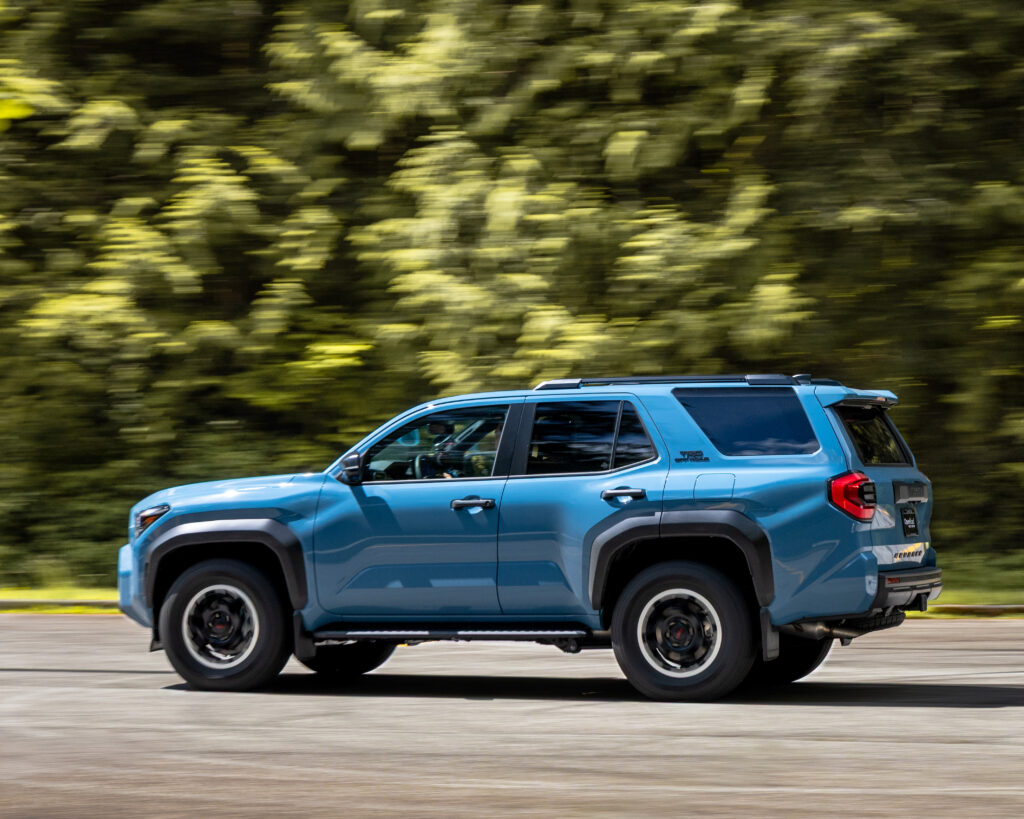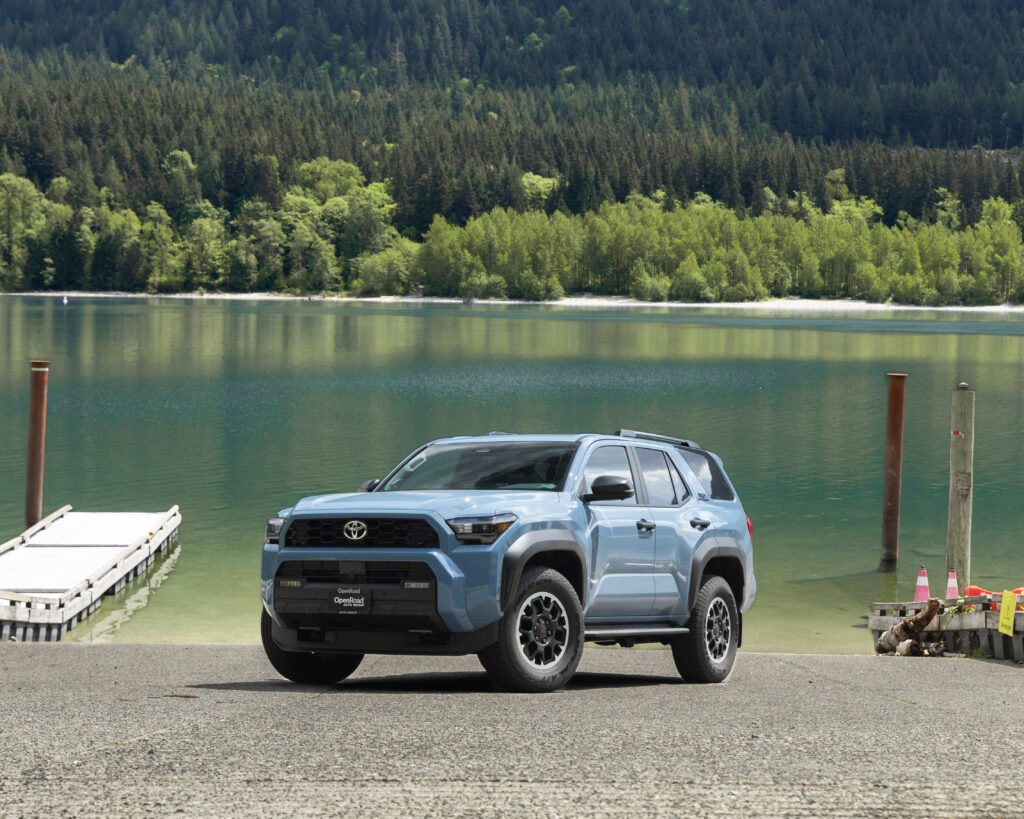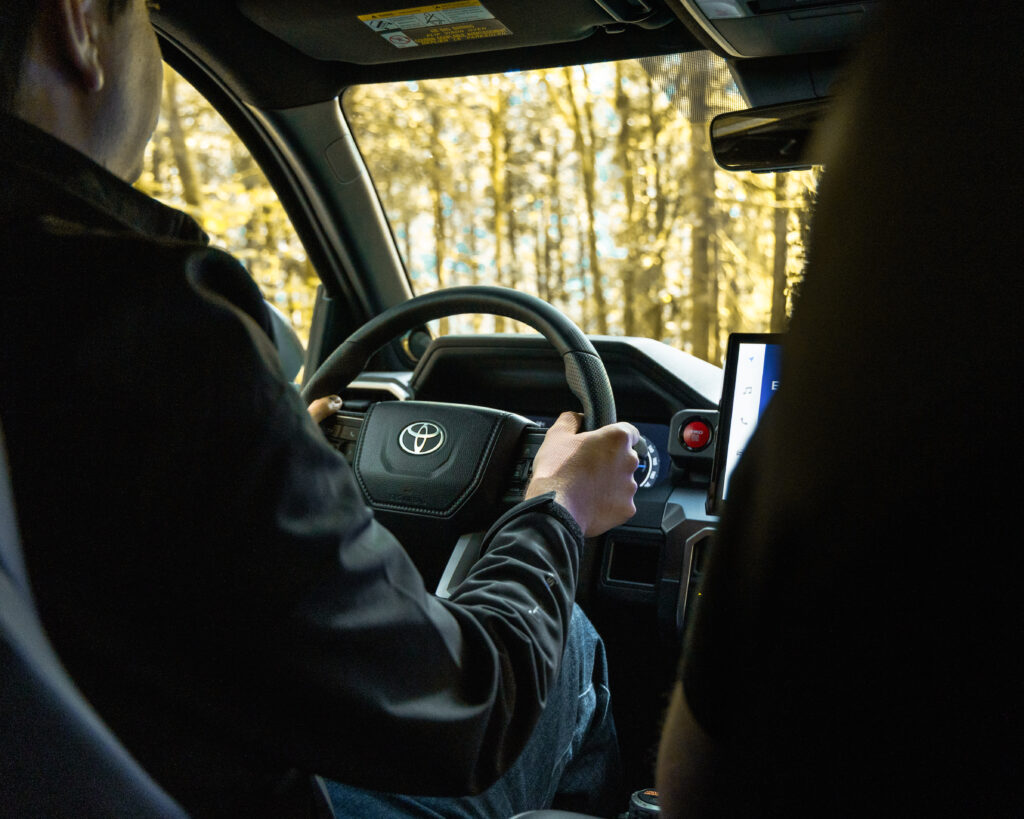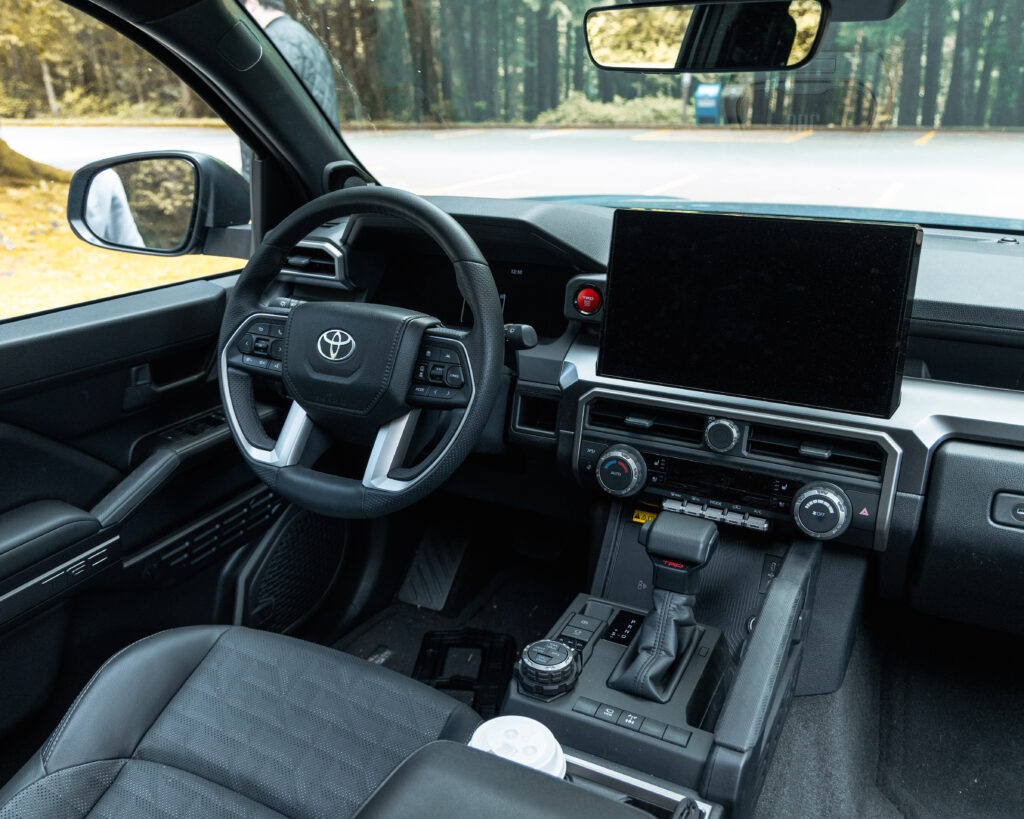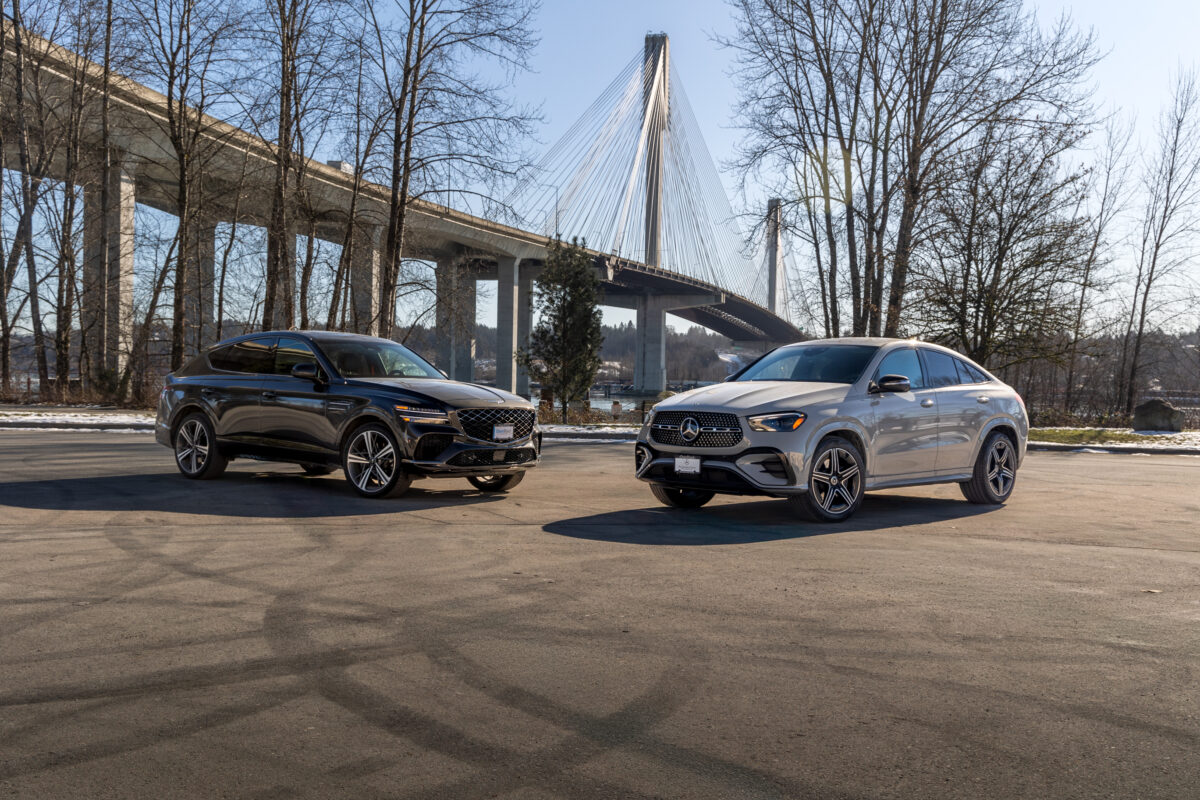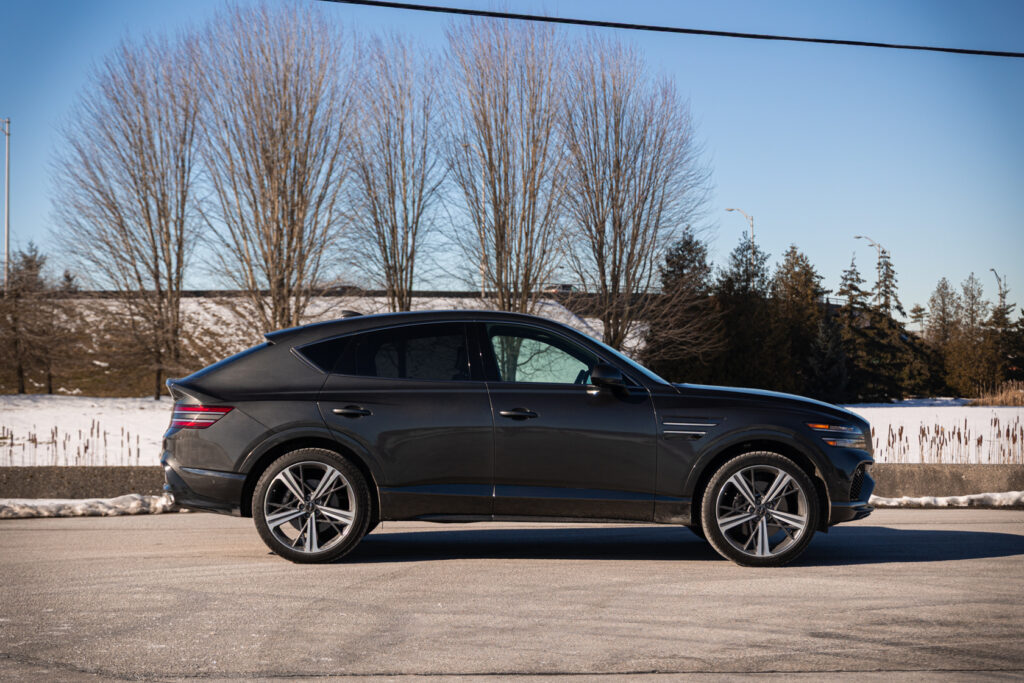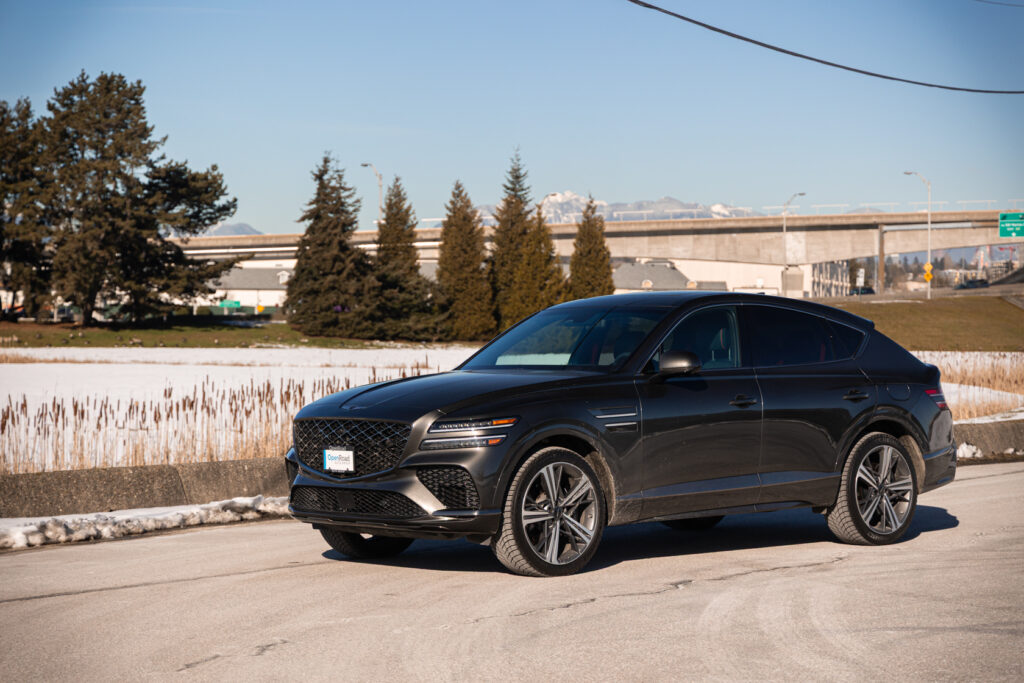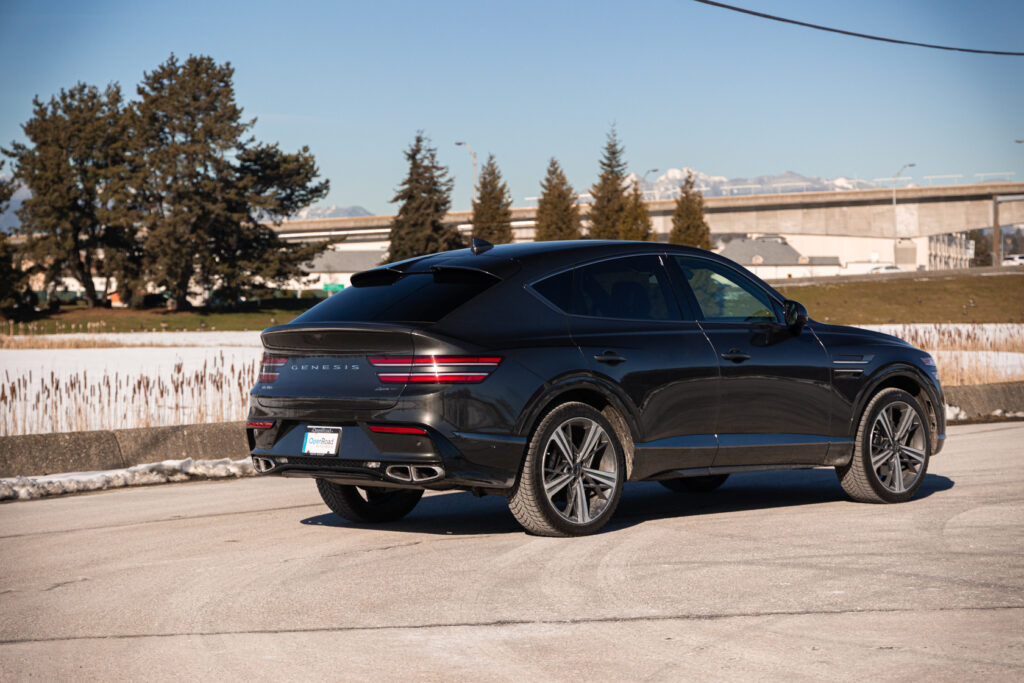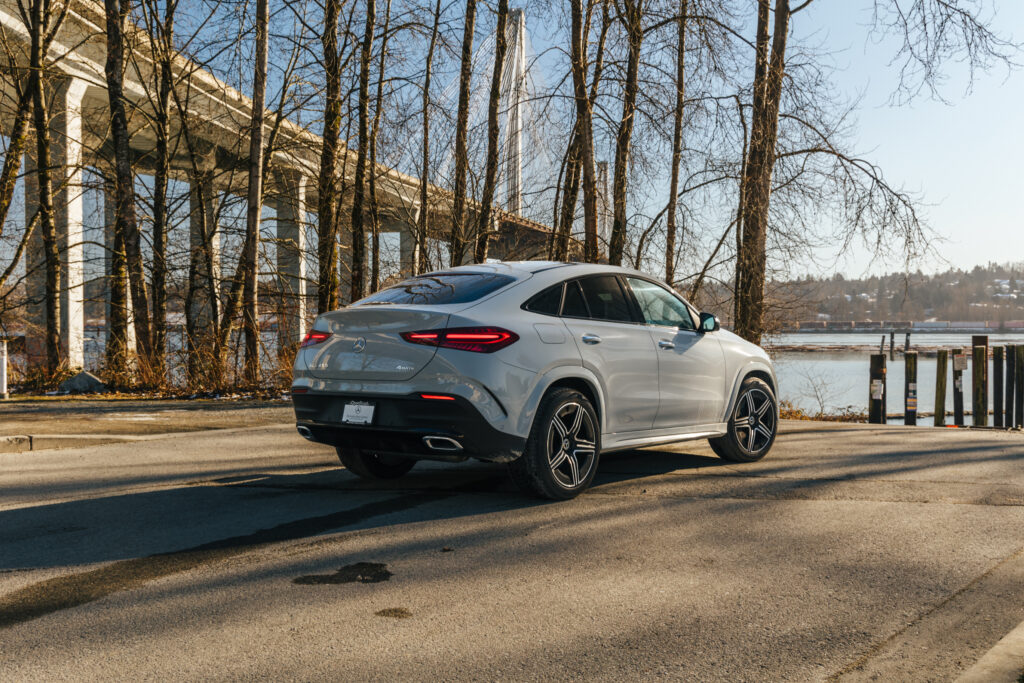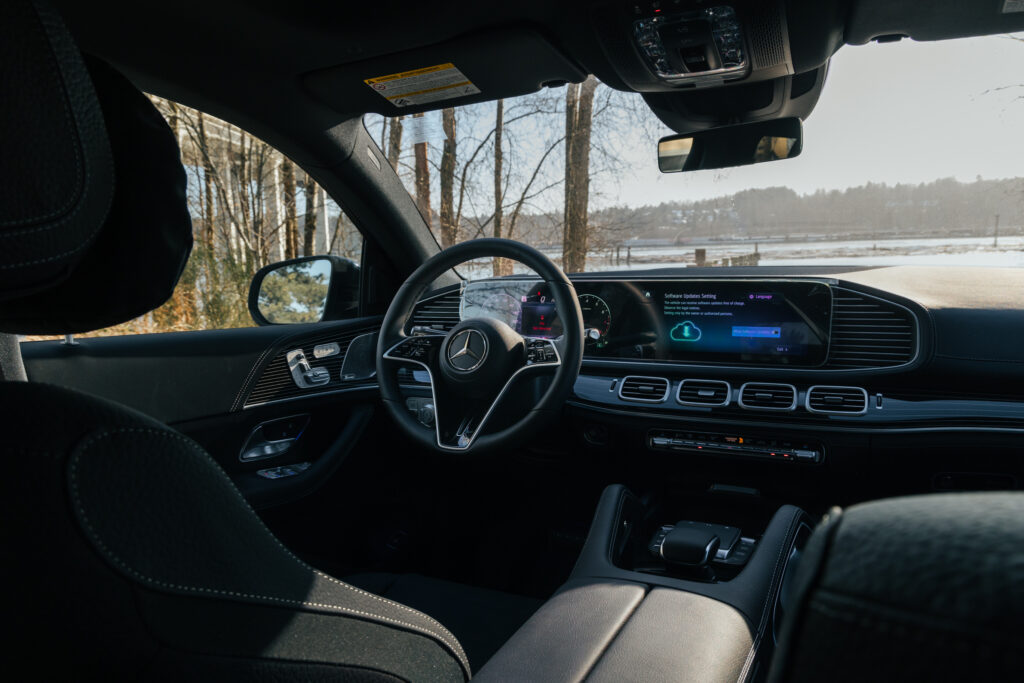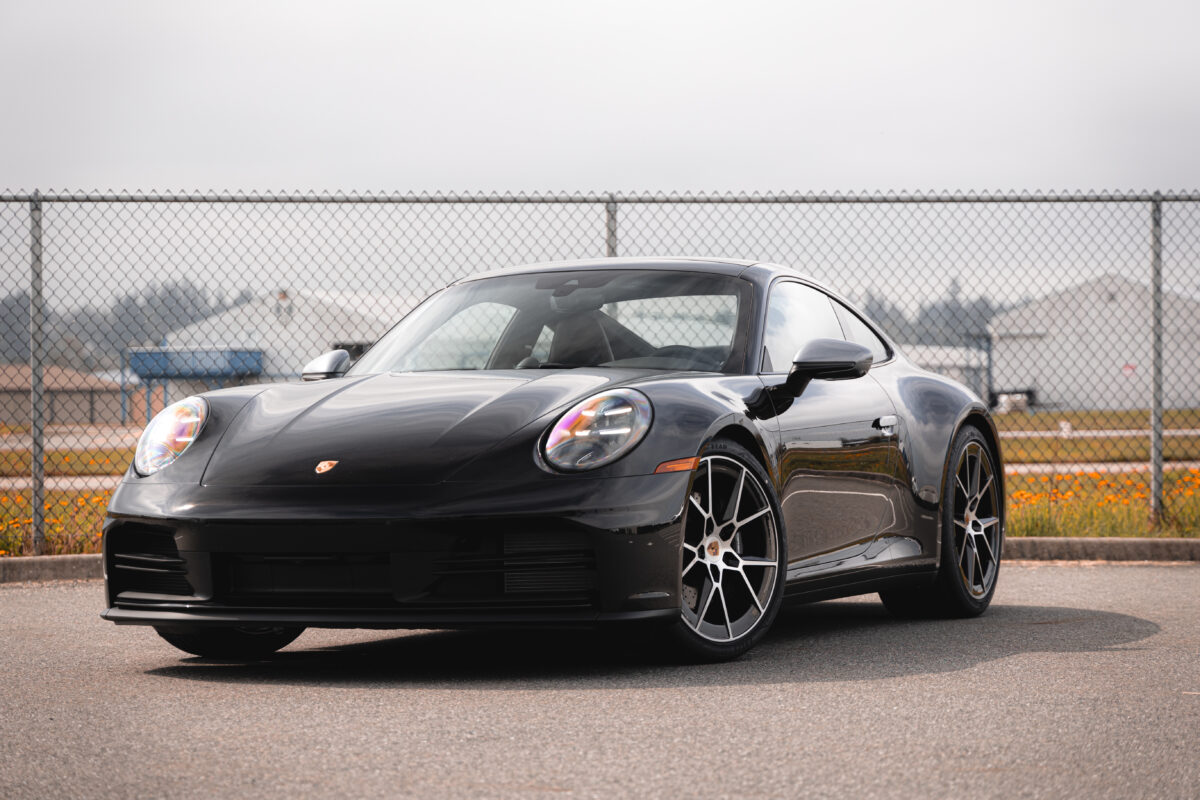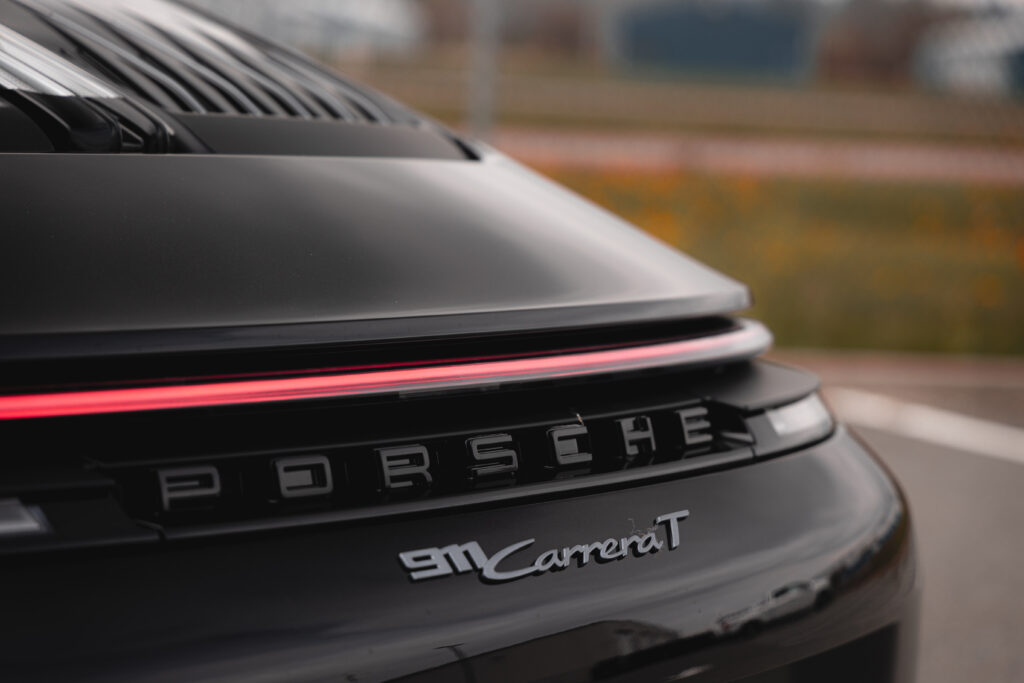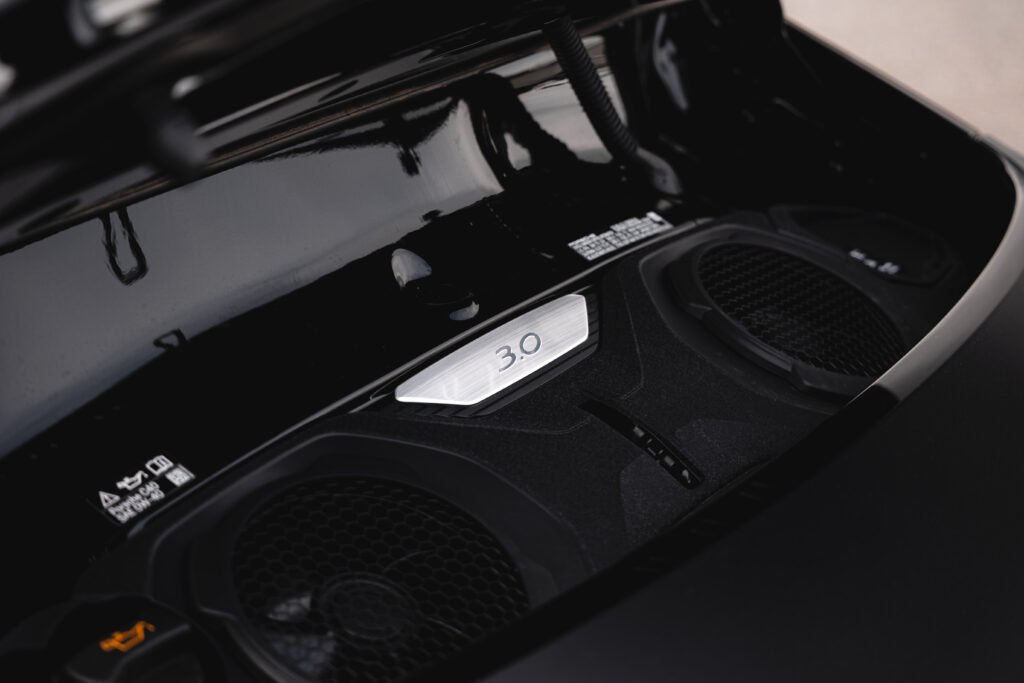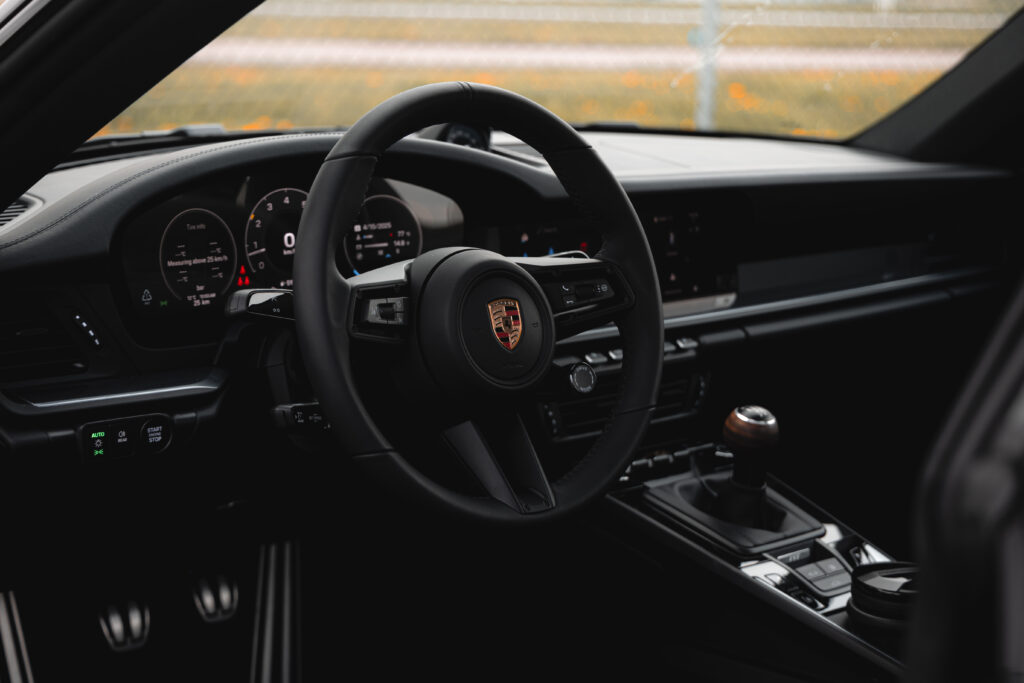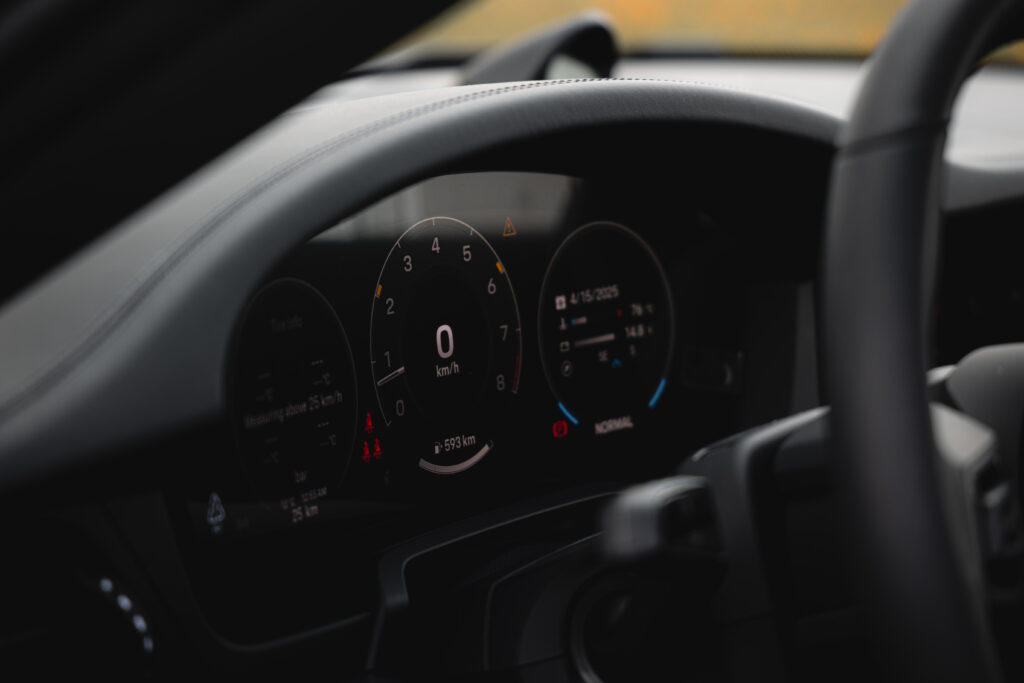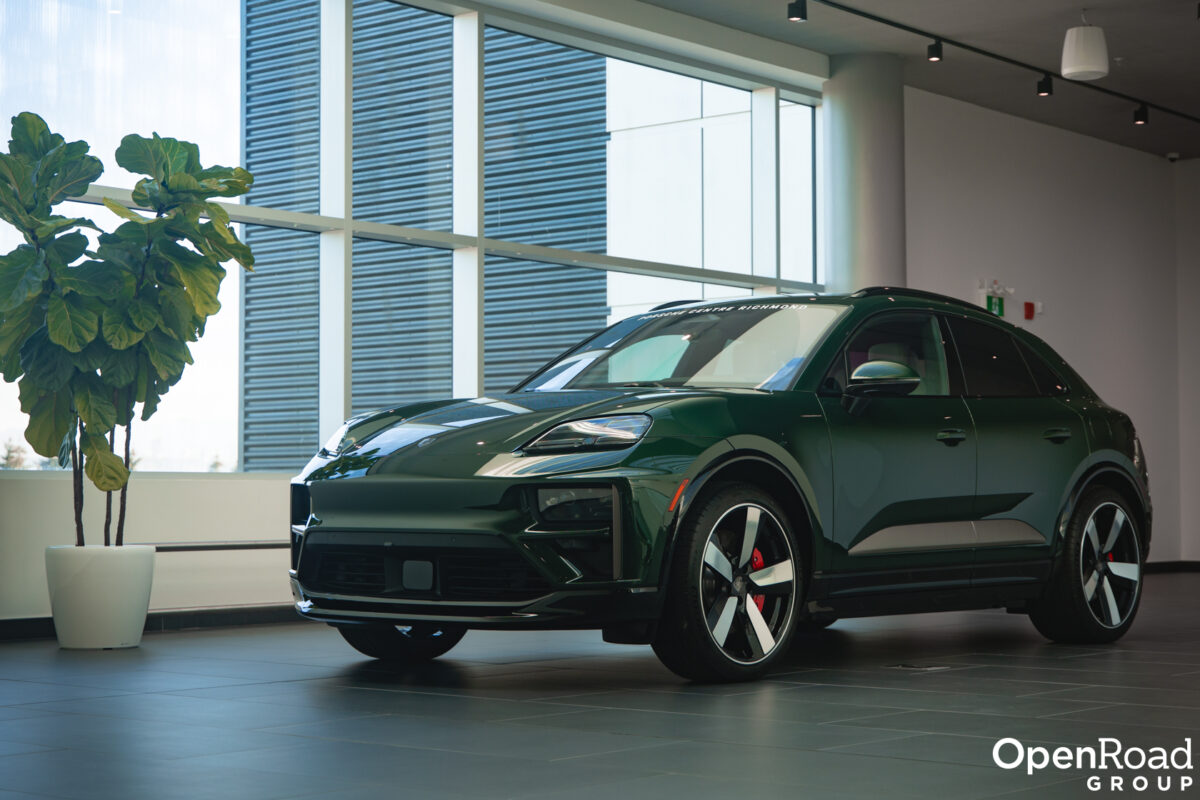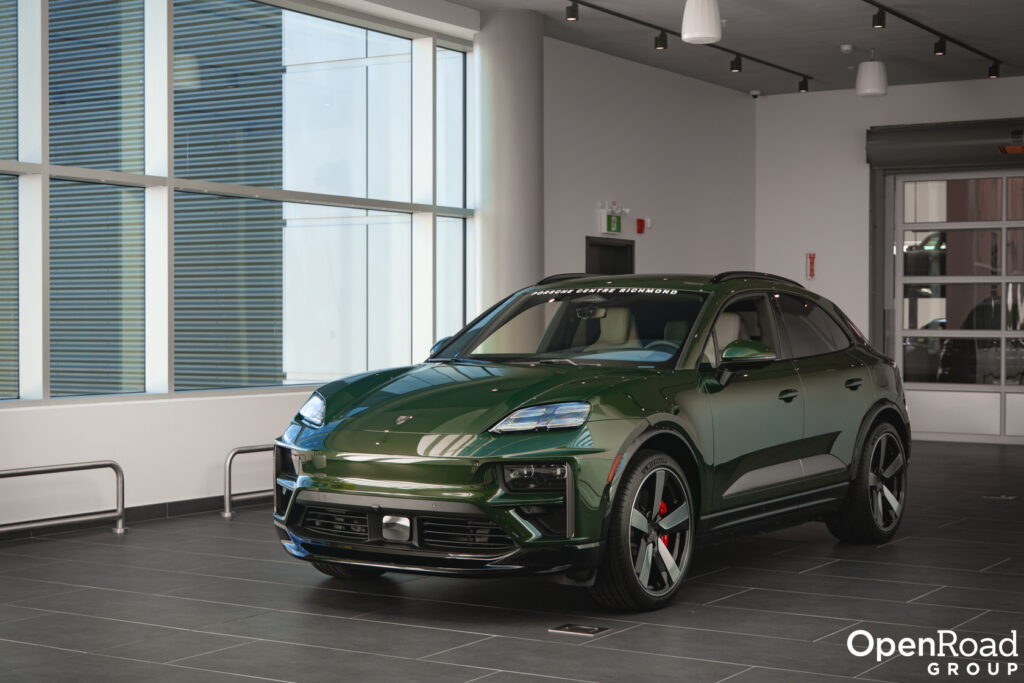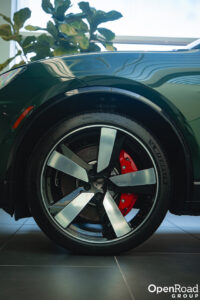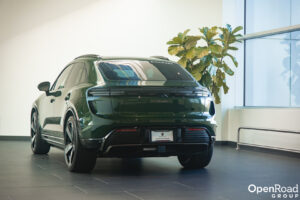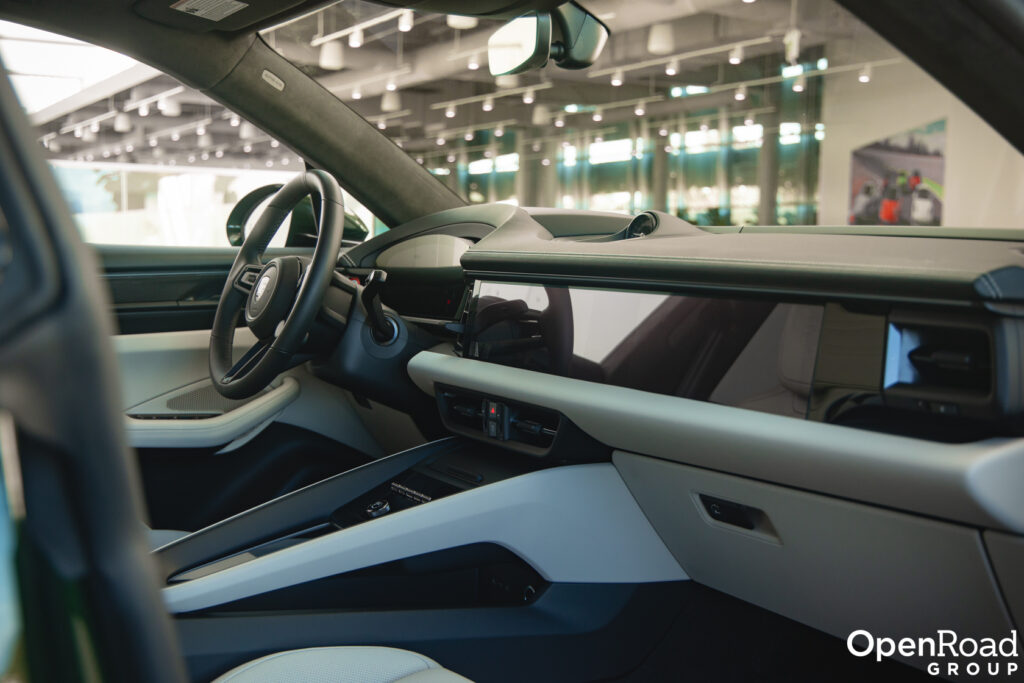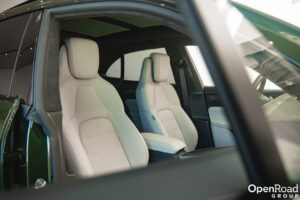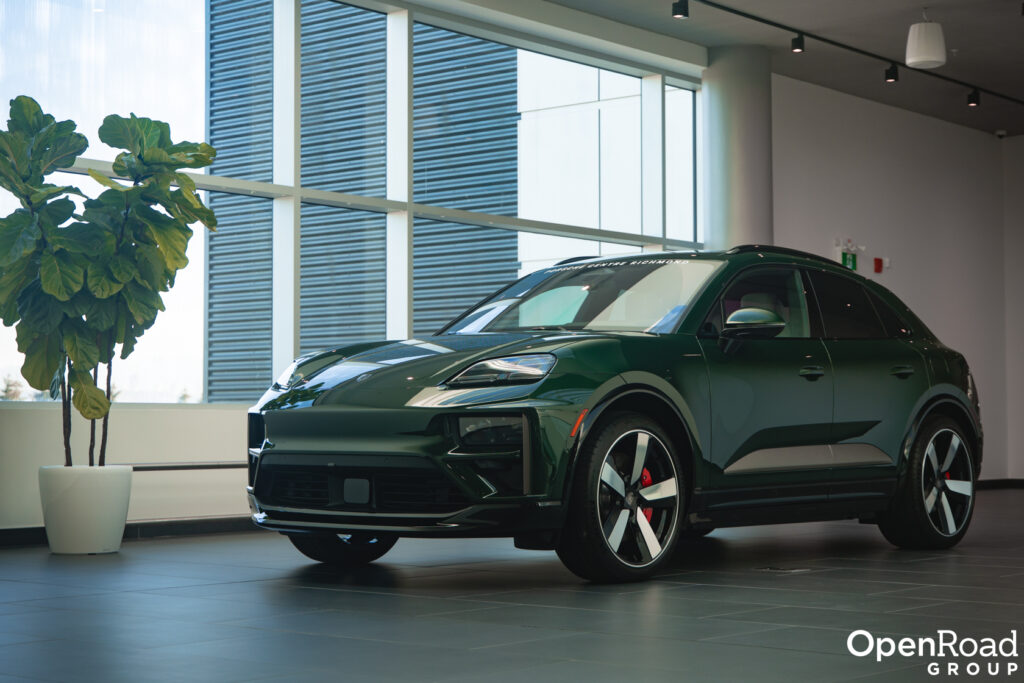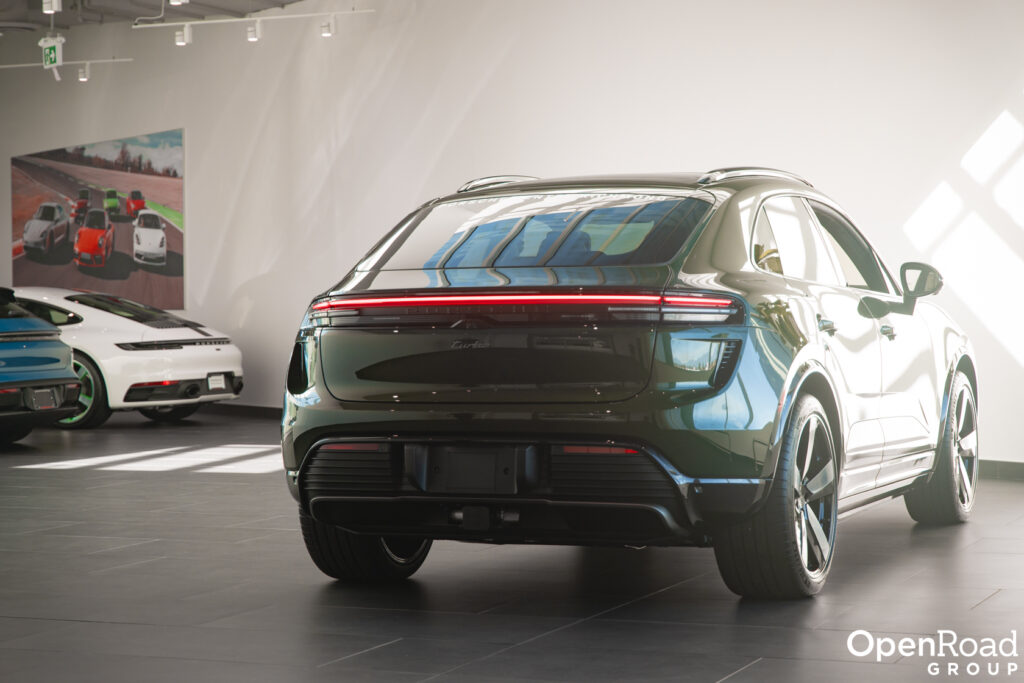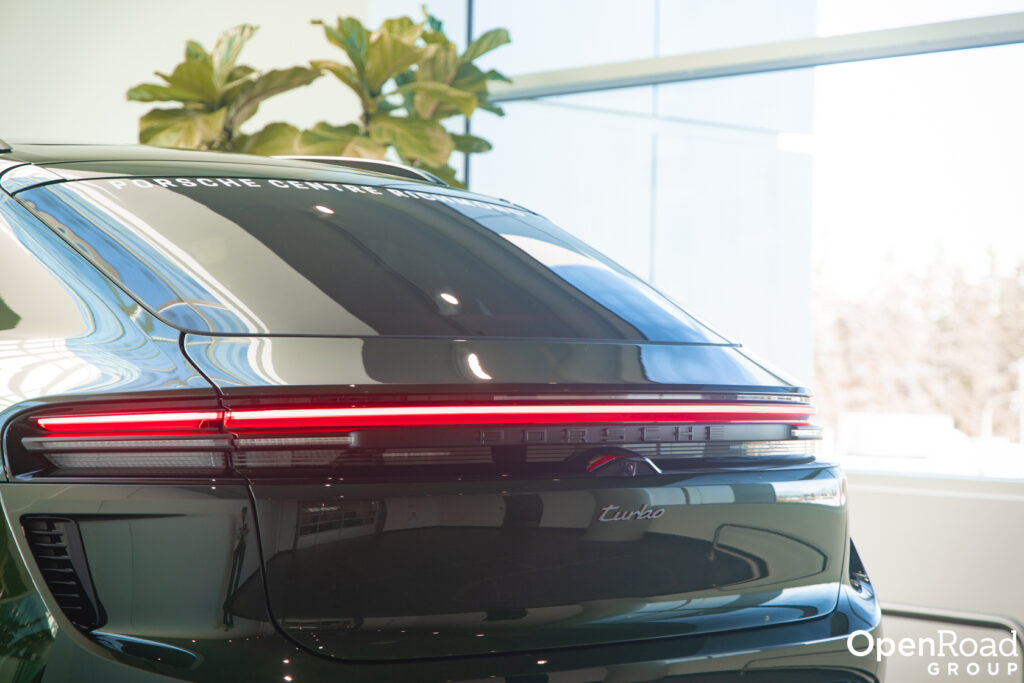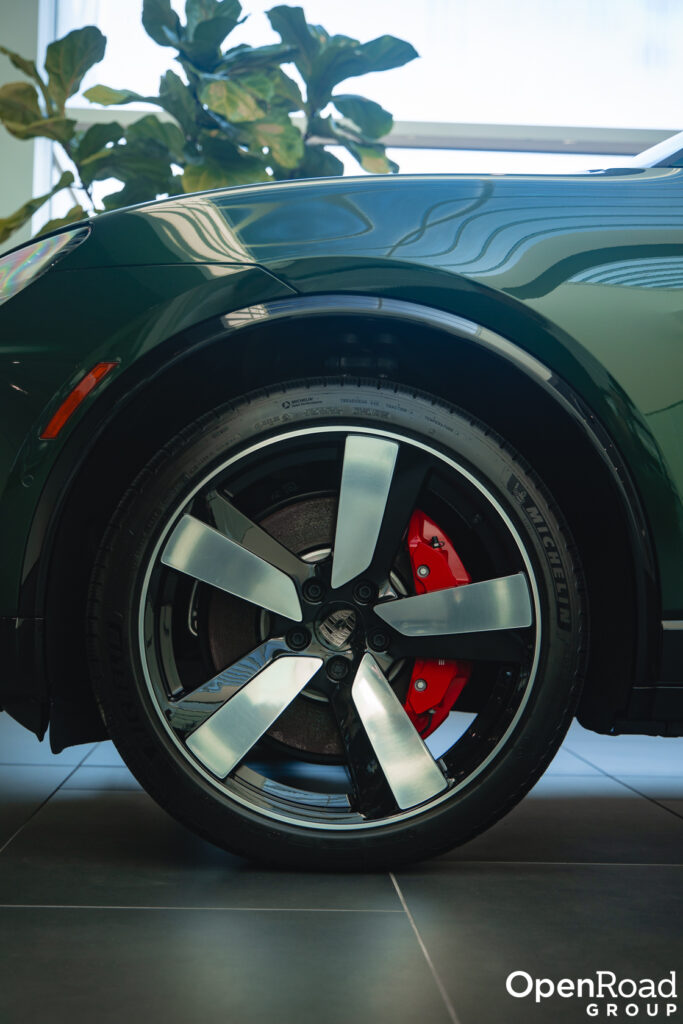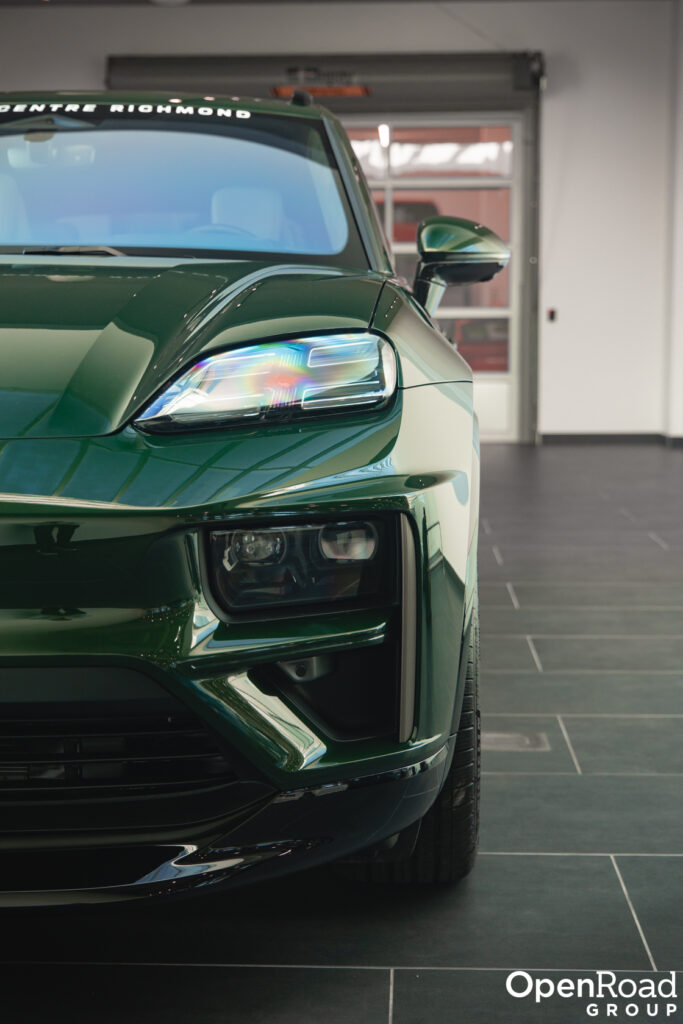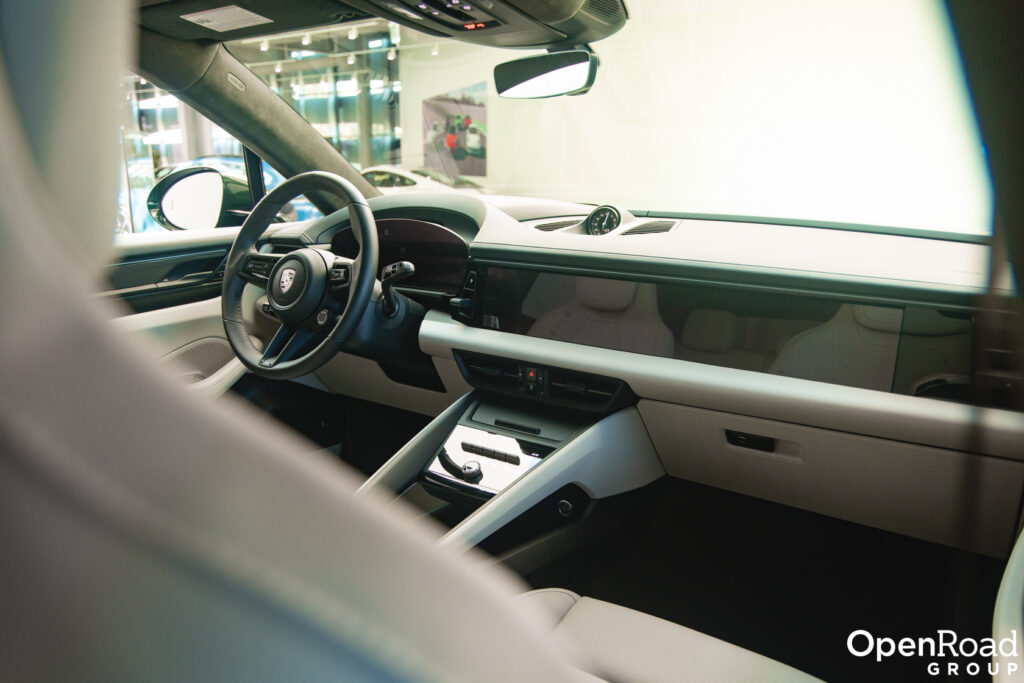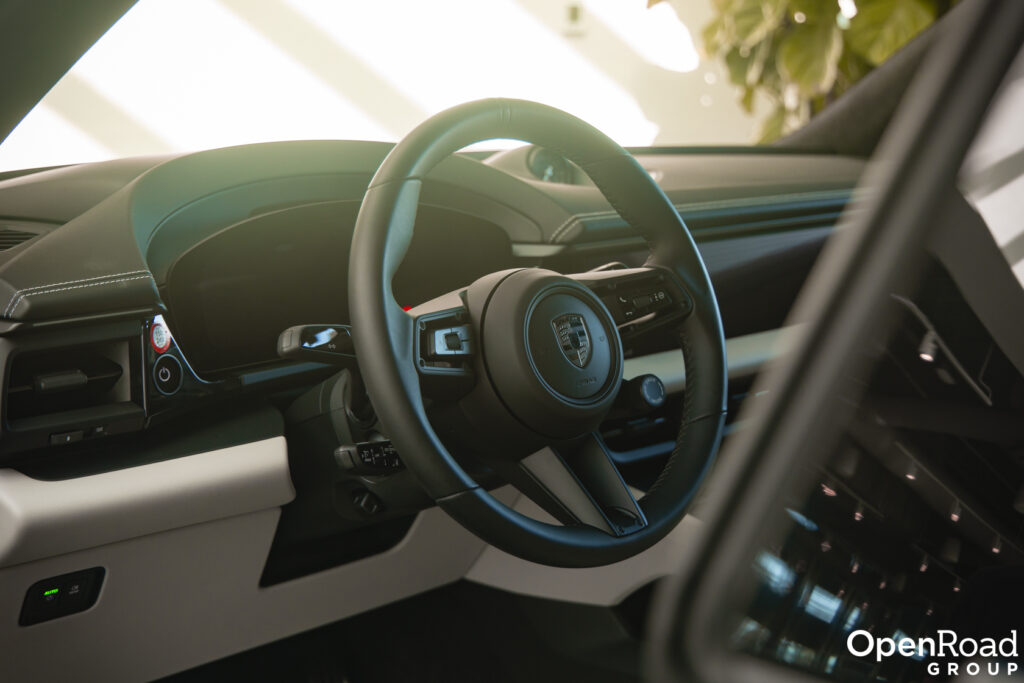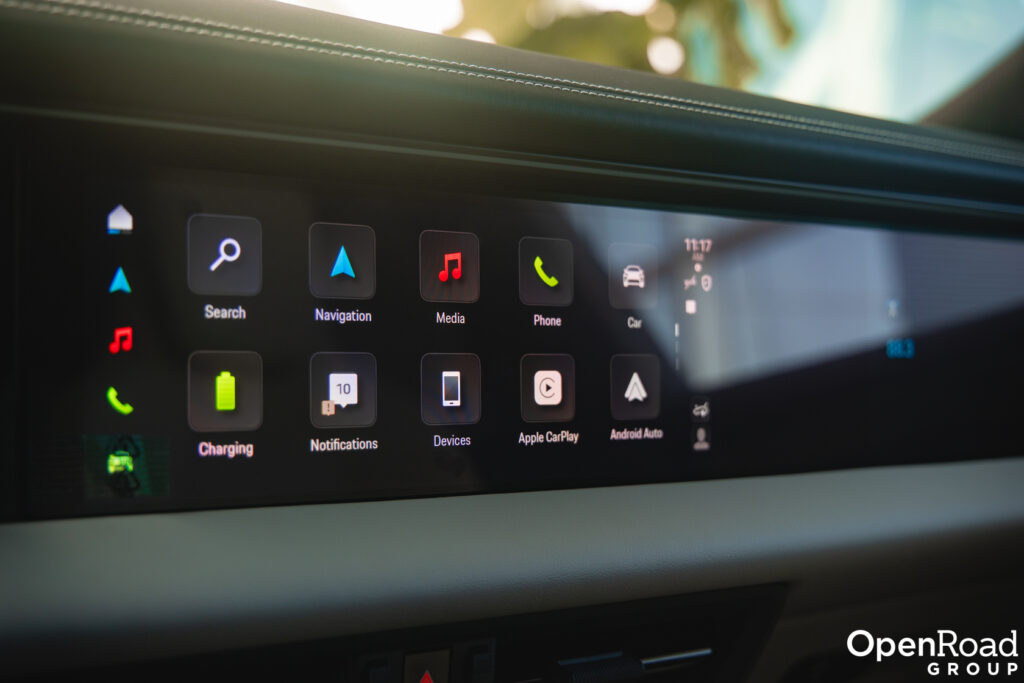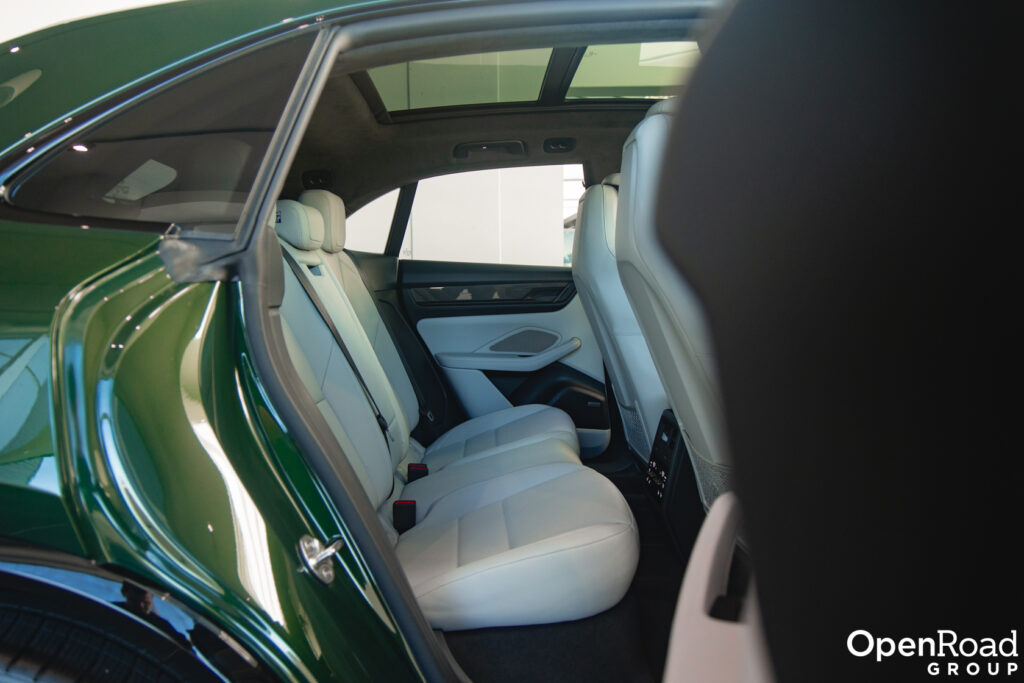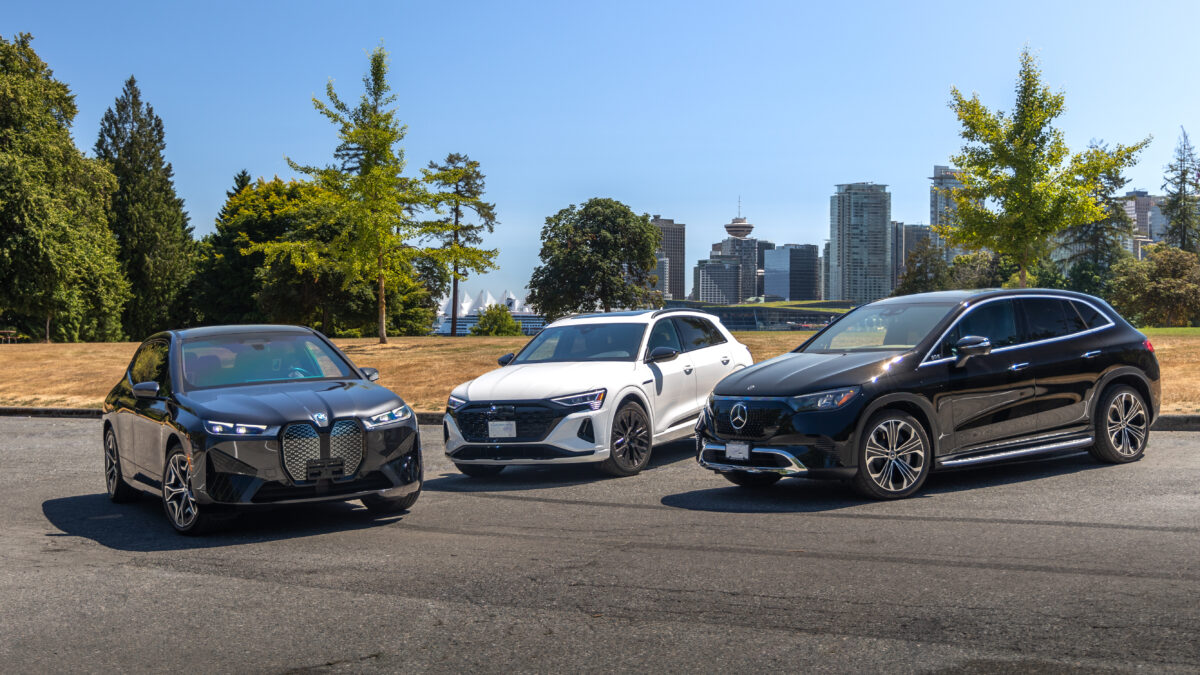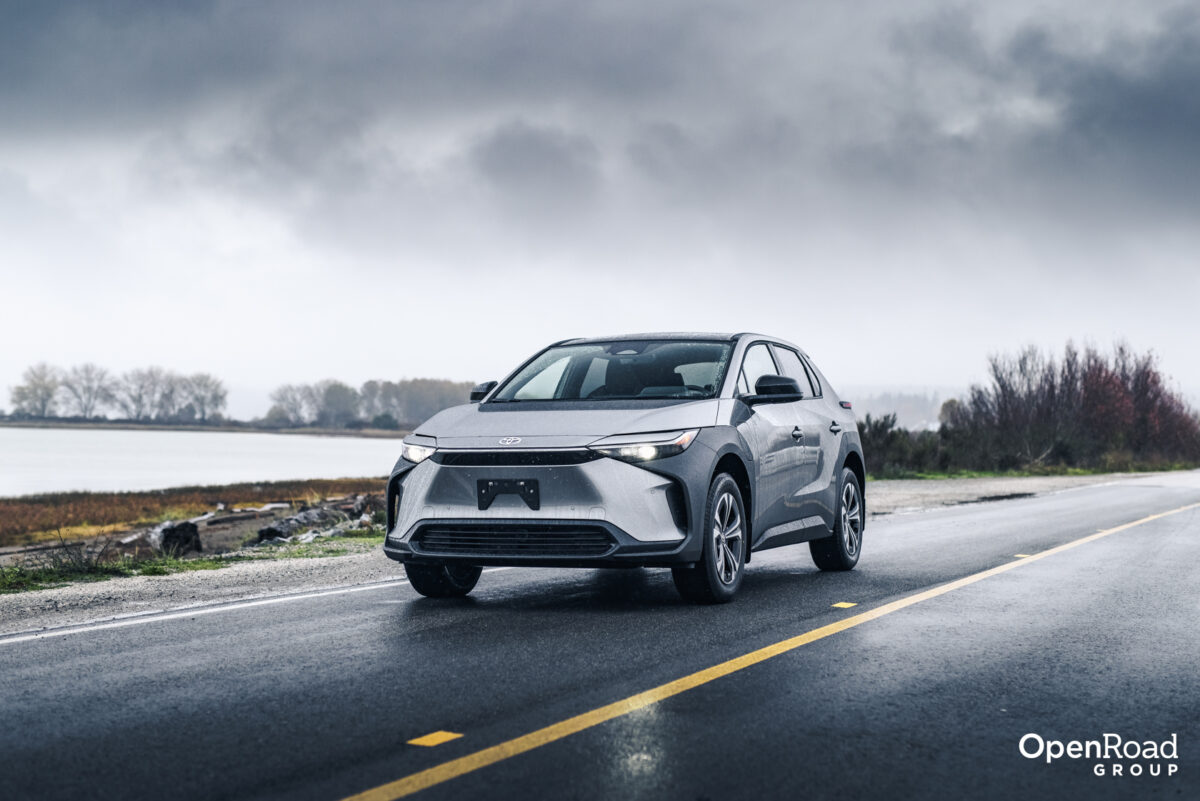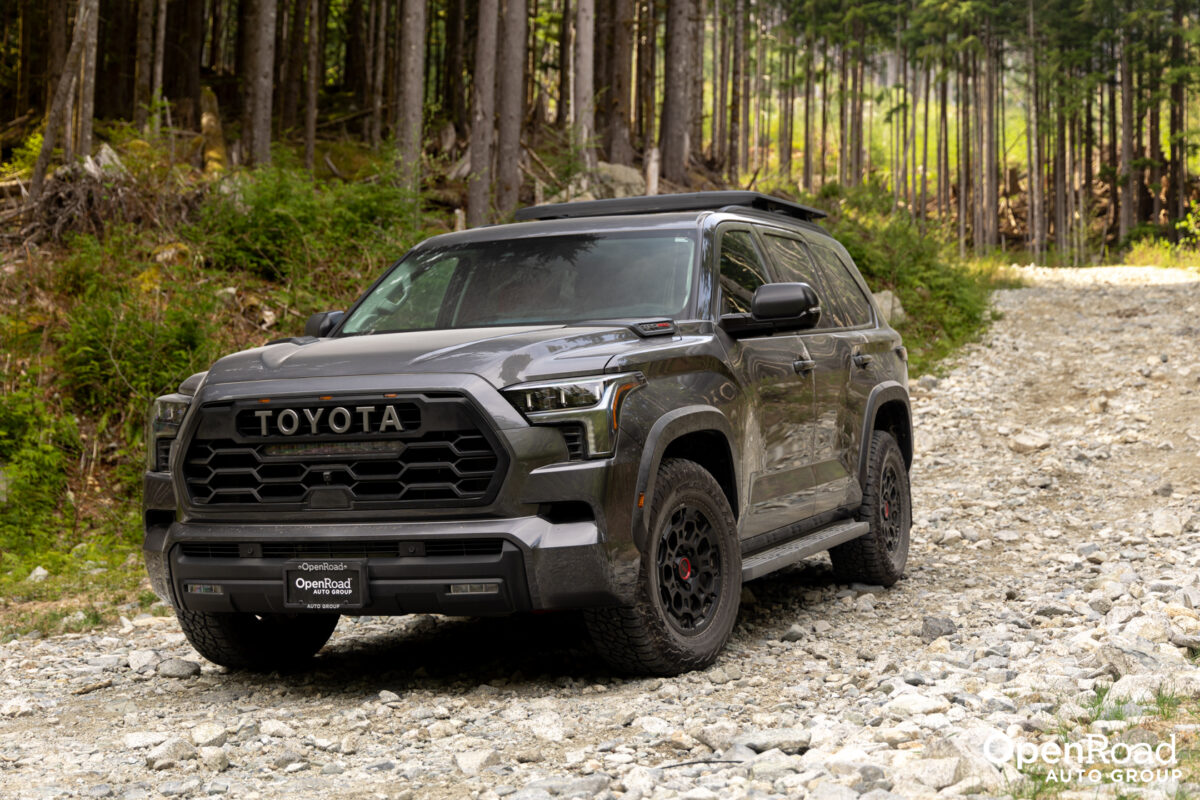The 2026 Hyundai IONIQ 9 is the Electric 3-Row You’ve Been Waiting For.
The all-new IONIQ 9 joins Hyundai’s award-winning EV lineup. It is a large 3-row electric SUV with an eye-catching exterior and a spacious 6 or 7 passenger interior.
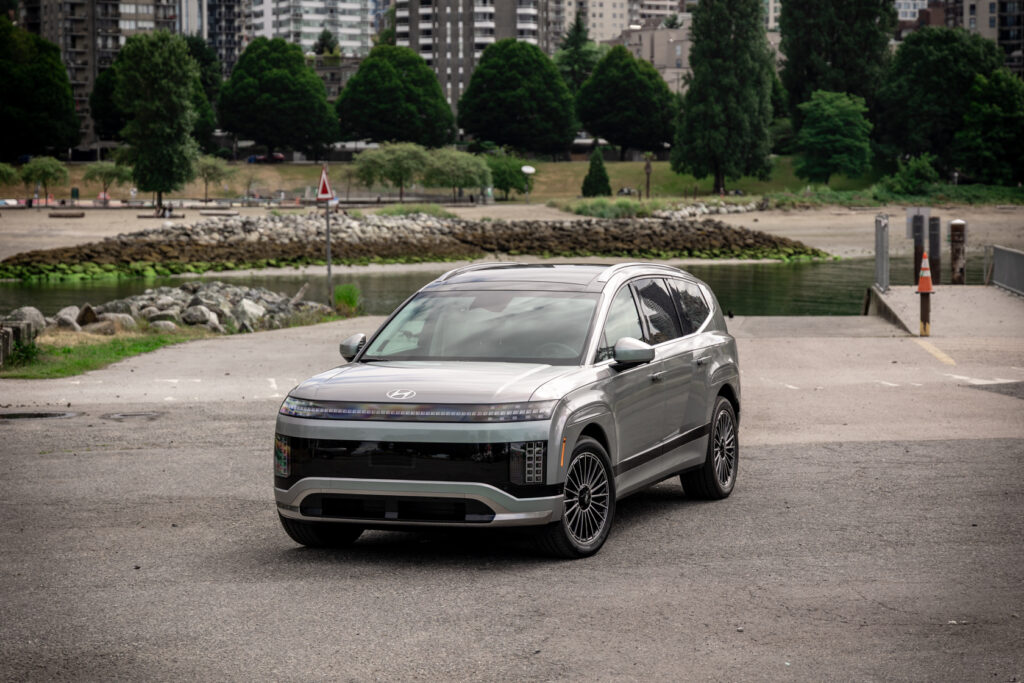
The IONIQ 9’s lounge-like atmosphere is created through elliptical elements and calming tones, while natural light streams through the panoramic sunroof. Passengers can experience exceptional roominess with ample second- and third-row space.
The flat floor accommodates flexible seating arrangements for six or seven occupants, while Relaxation Seats in the first and second rows offer full recline capability with leg rests — perfect for relaxing while recharging.
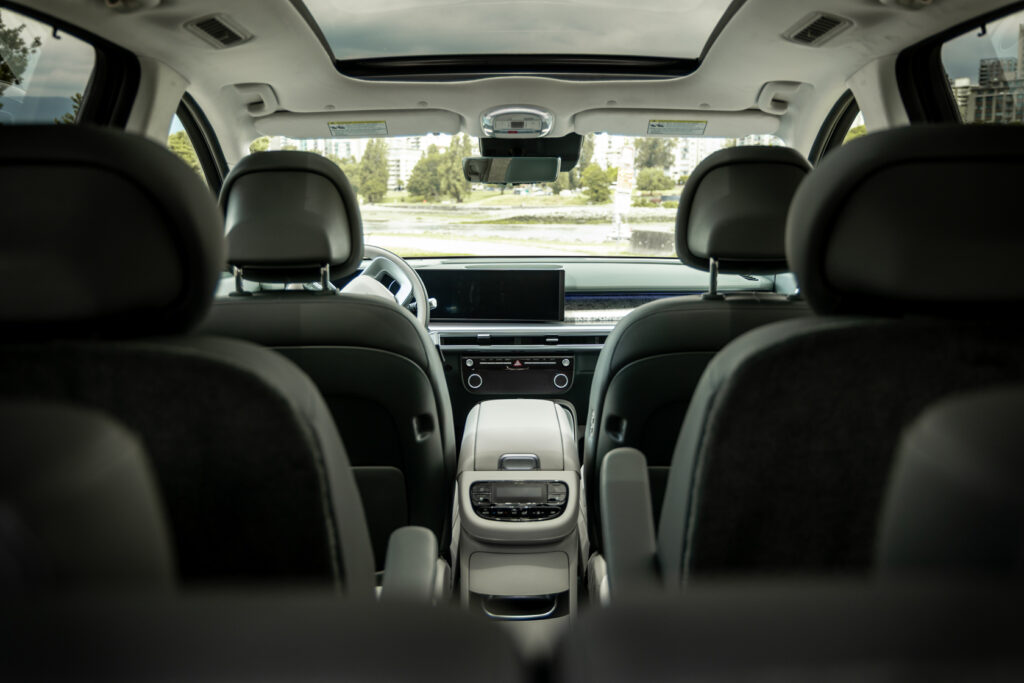
Speaking of charging, the IONIQ 9 has a 110.3 kWh battery pack in the floor with an 800-Volt architecture. The higher Voltage enables the IONIQ 9’s battery to be recharged at a faster rate for a longer period of time without needing to worry about excessive heat build-up in the battery pack. With charging speeds of up to 350 kW, the IONIQ 9 can be recharged in as little as 24 minutes from 10% to 80%.
Additionally, the IONIQ 9 adopts the NACS charging plug. This is more commonly known as a Tesla charging plug which will enable the SUV to be charged up from any one of the thousands of Tesla Superchargers across Canada and the United States.
Once the SUV is charged up, it can be driven for over 500 km. Best of all, the 500+ km driving range is for all trim levels. This is achieved through its sleek exterior design which has an overall drag coefficient of 0.269. To put it into perspective, that is the same drag coefficient as the much smaller Toyota Prius.
It’s not just about efficiency though, the Hyundai IONIQ 9 is a powerful 3-row SUV as well. The dual-motor AWD+ variant produces as much as 422 hp and has a 0-100 km/h time of just 5 seconds. Regular AWD models produce 303 hp while the RWD version produces 215 hp. In addition, the Hyundai IONIQ 9 can tow up to 5,000 lbs.
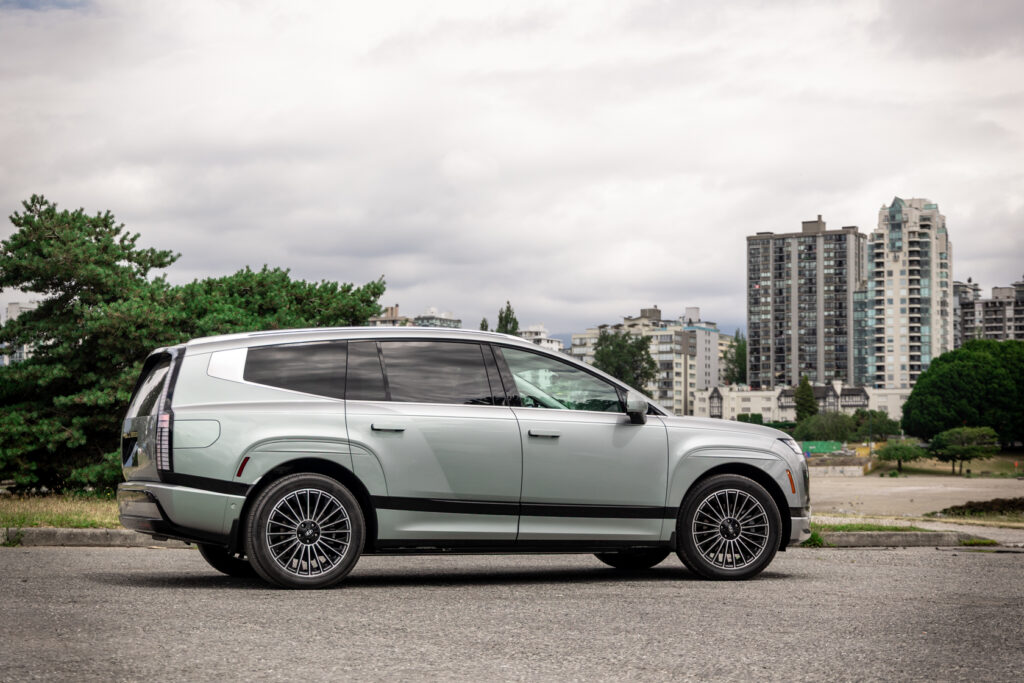
The IONIQ 9 delivers a luxurious and refined driving experience thanks to its smooth and comfortable ride. Its suspension has been specially designed for this electric SUV, featuring a MacPherson strut front and multi-link rear setup along with self-leveling dampers.
Inside, IONIQ 9’s cabin is a haven of tranquility, thanks to the triple door seals, acoustic glass, sound-absorbing tires and Active Noise Control technology. These features effectively suppress wind and road noise, particularly at highway speeds.
Sticking with the interior, the IONIQ 9’s cabin design is reminiscent of the IONIQ 5’s with a simple dual-screen layout. Both the driver instrumentation and infotainment touchscreen measure 12.3” diagonally. Climate controls, USB ports, and small item storage bins are conveniently located right underneath the infotainment touchscreen. For a bit of extra space, the center console can slide forwards or backwards for easier access by the 2nd row occupants and to allow a passthrough in between the front seats.
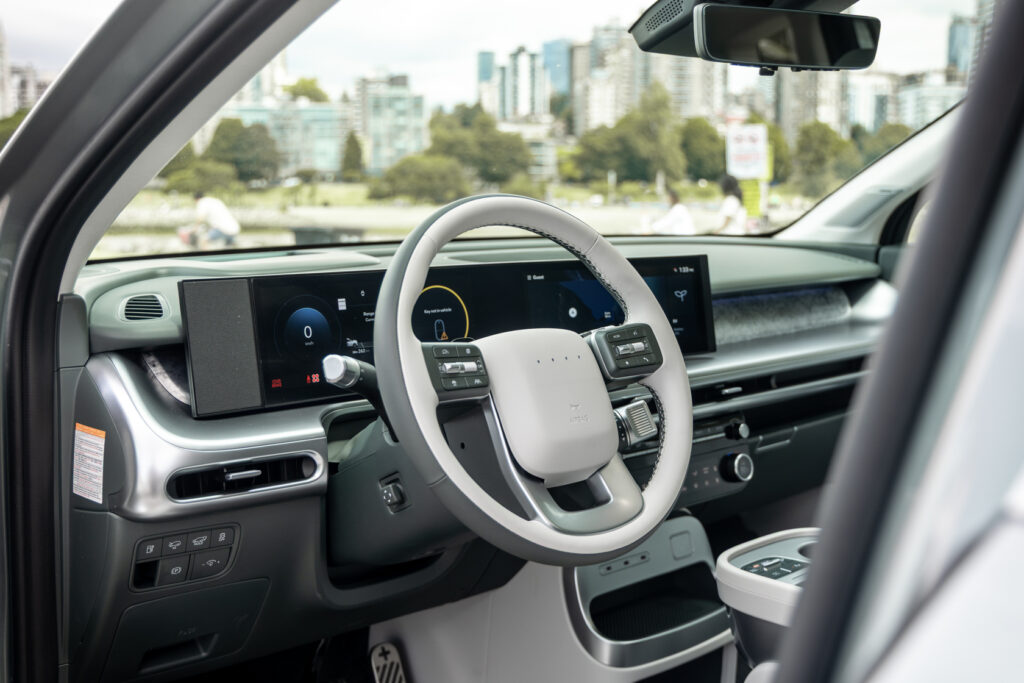
The 3-row SUV incorporates a route planner which will display charging stations along your planned trip and estimate the battery state of charge when you reach a charging station and your destination. The Hyundai IONIQ 9 can also power external electronics such as a small coffee machine with its V2L technology. This can make family camping a much more luxurious experience.
The 2026 Hyundai IONIQ 9 starts at $59,999 with the top spec Ultimate Calligraphy trim costing $81,499 and this new EV is available right now at OpenRoad Hyundai Richmond.
